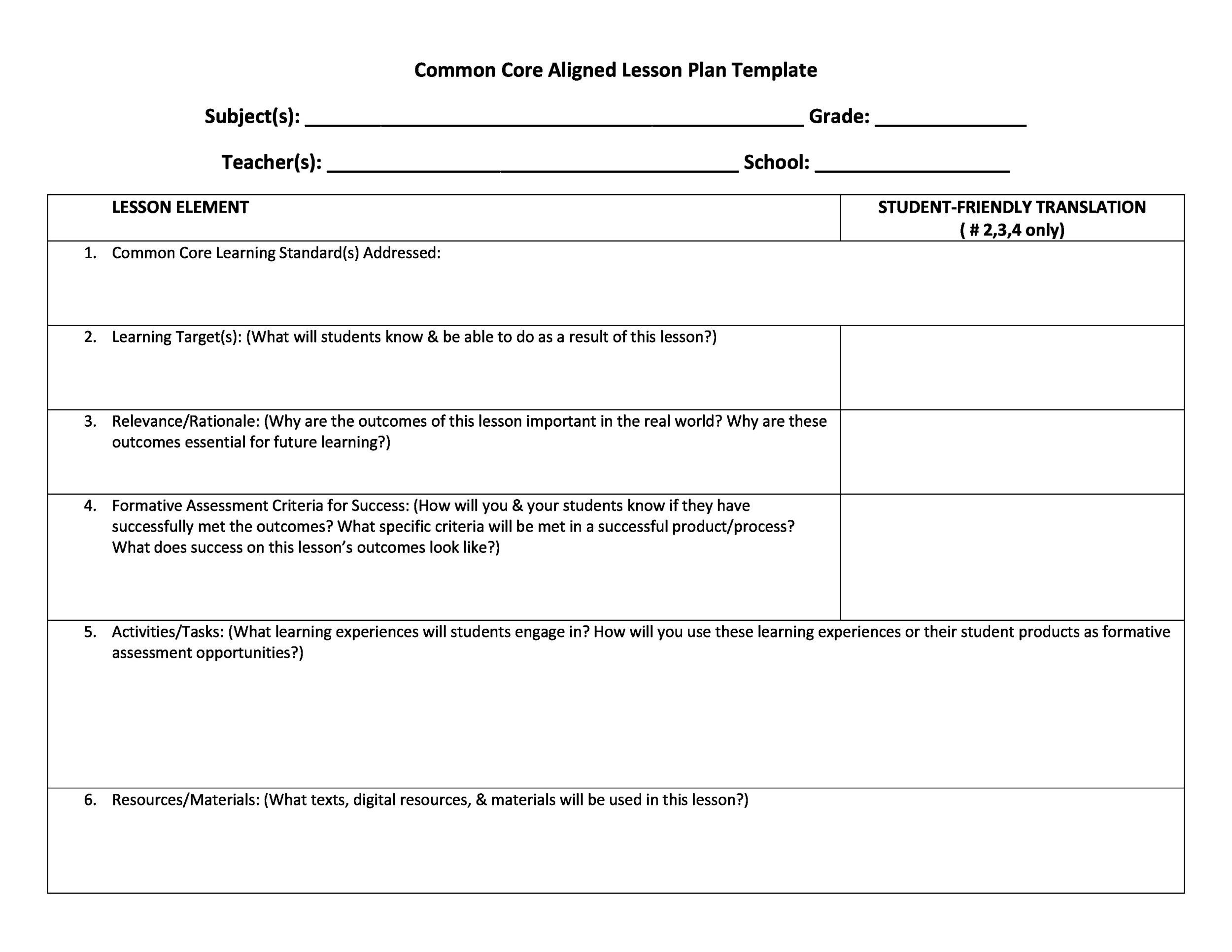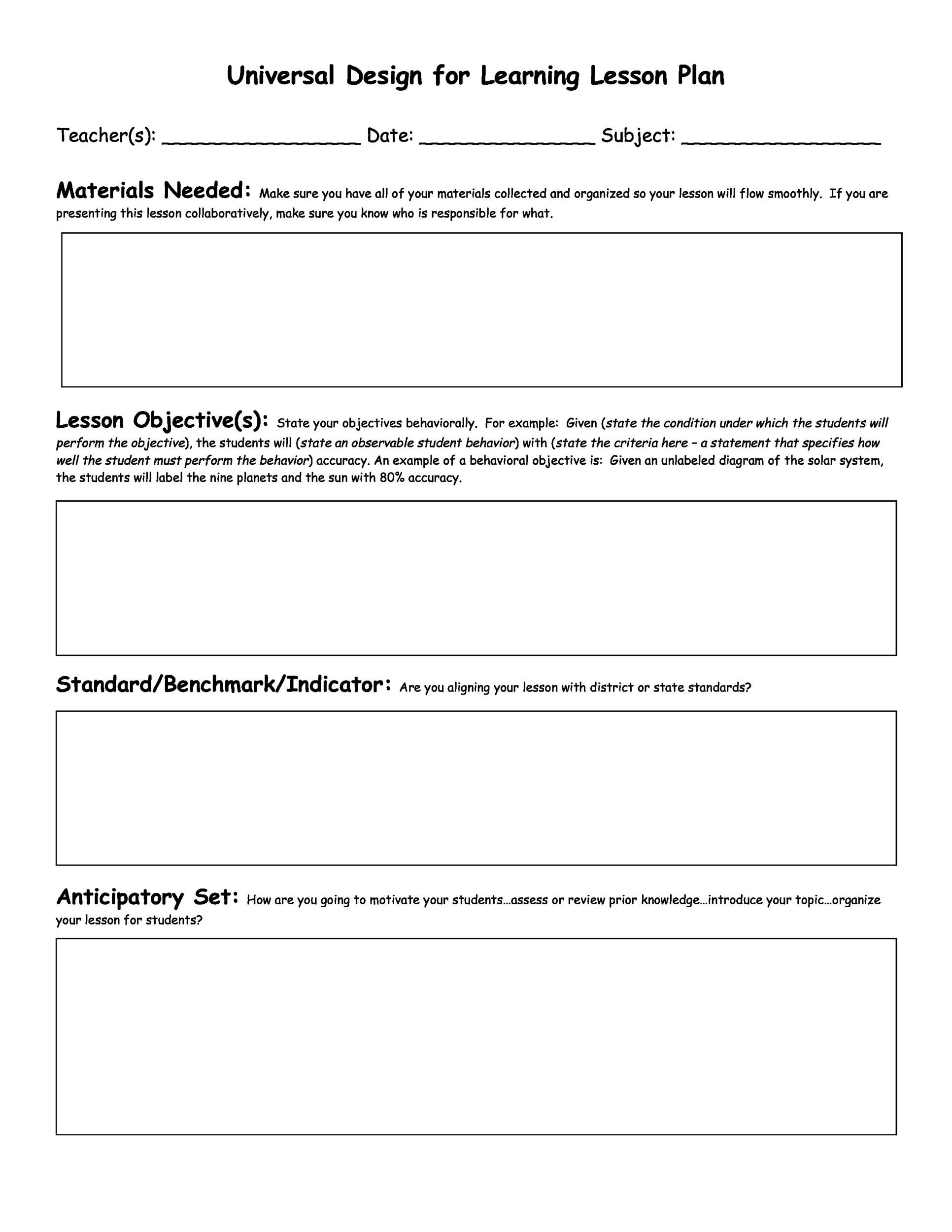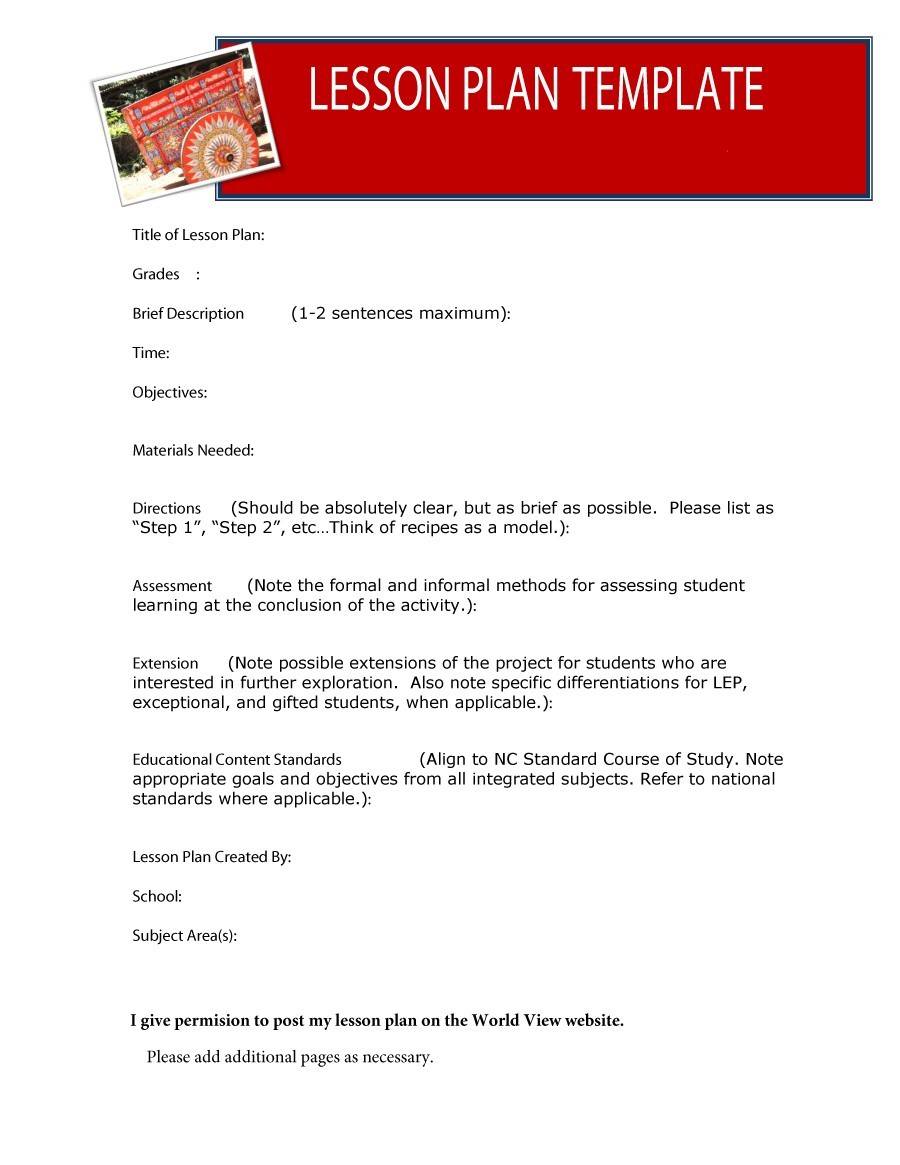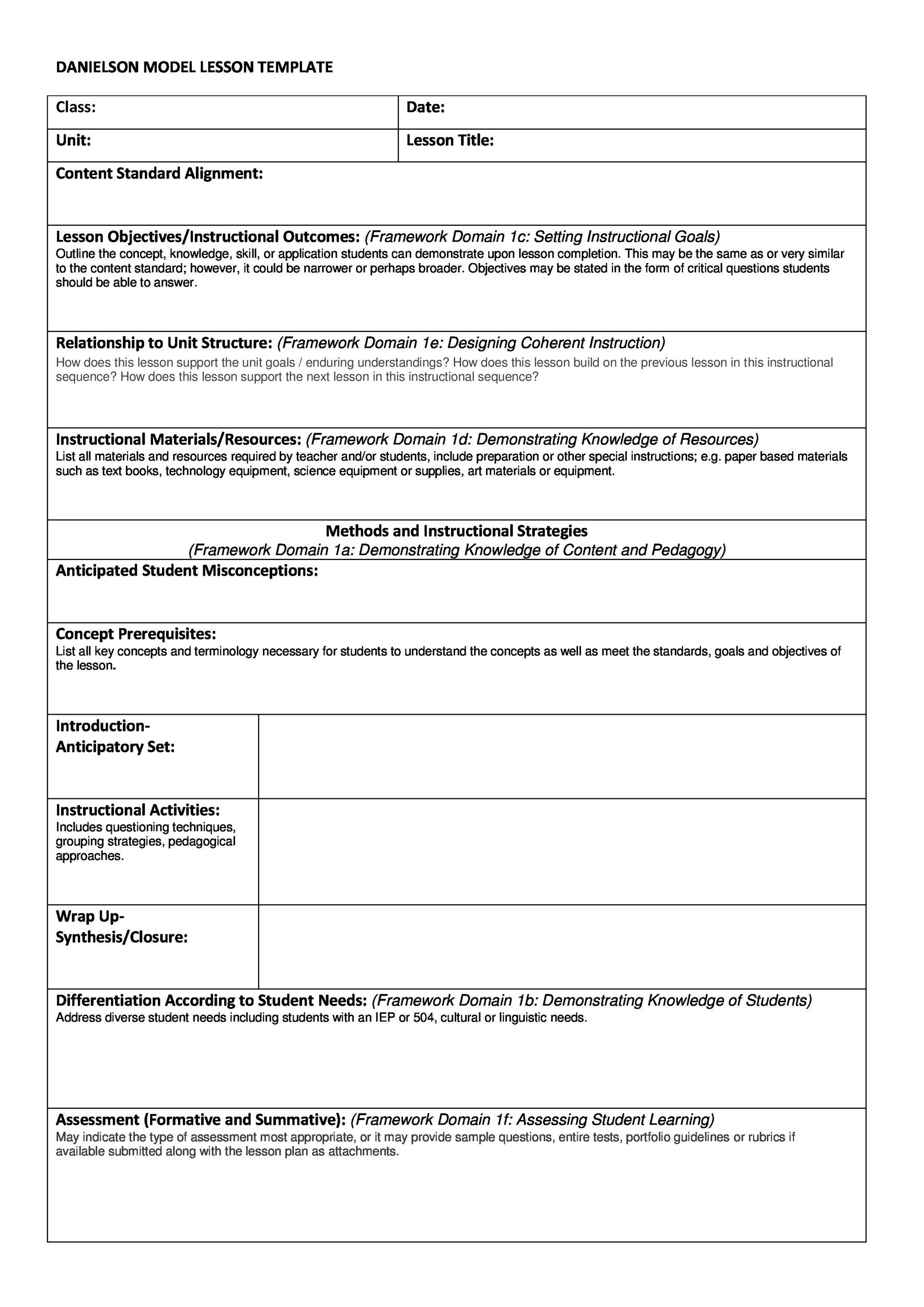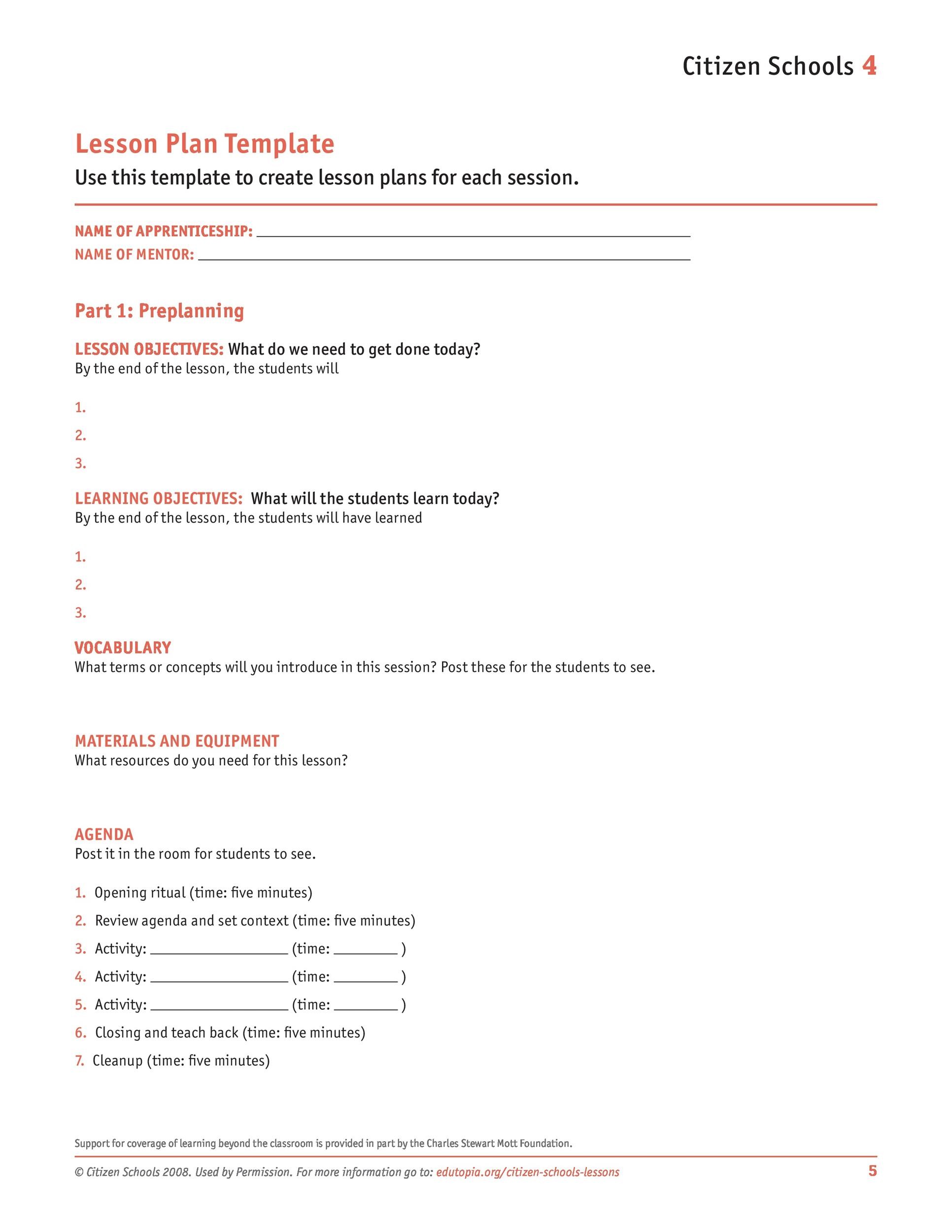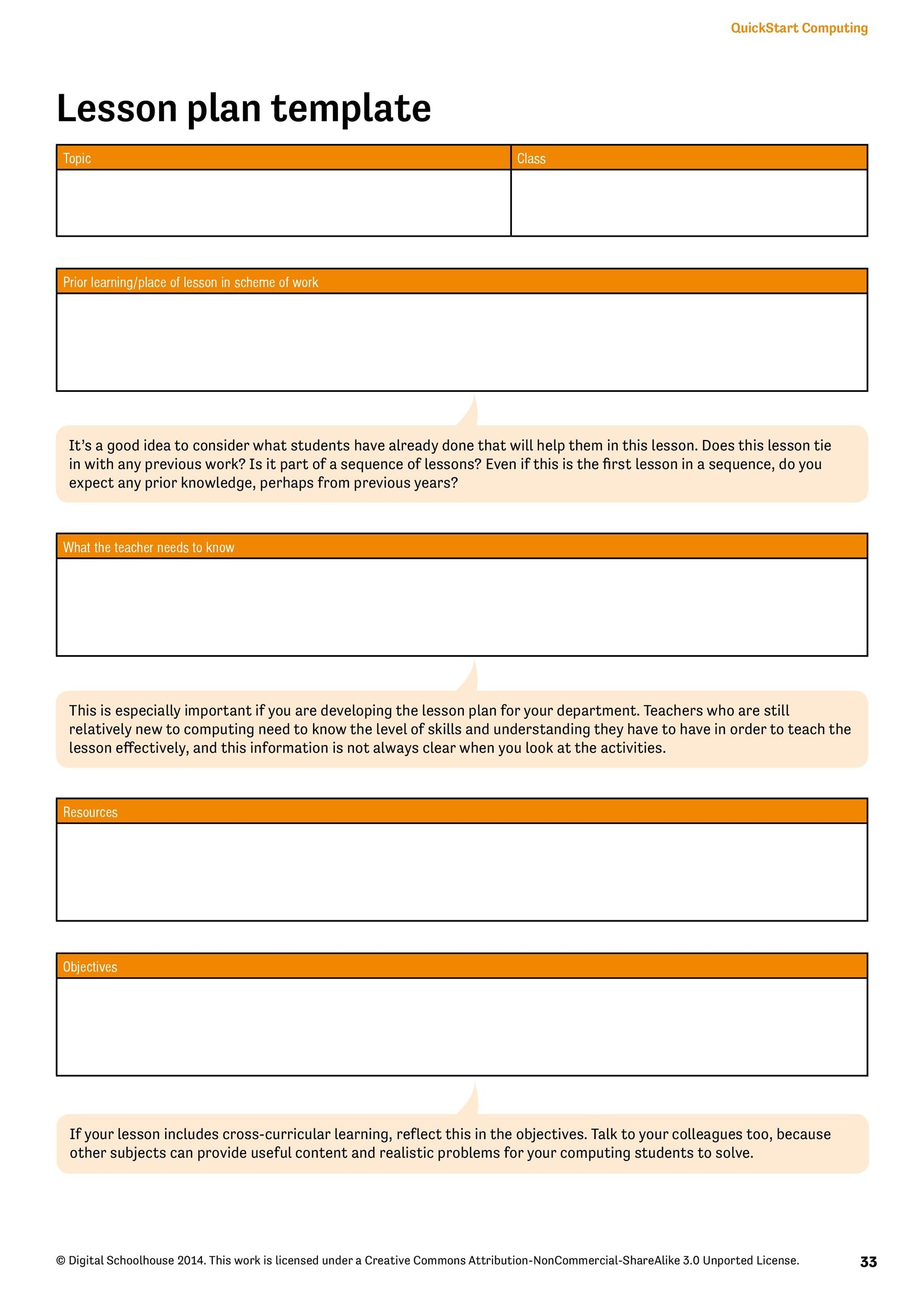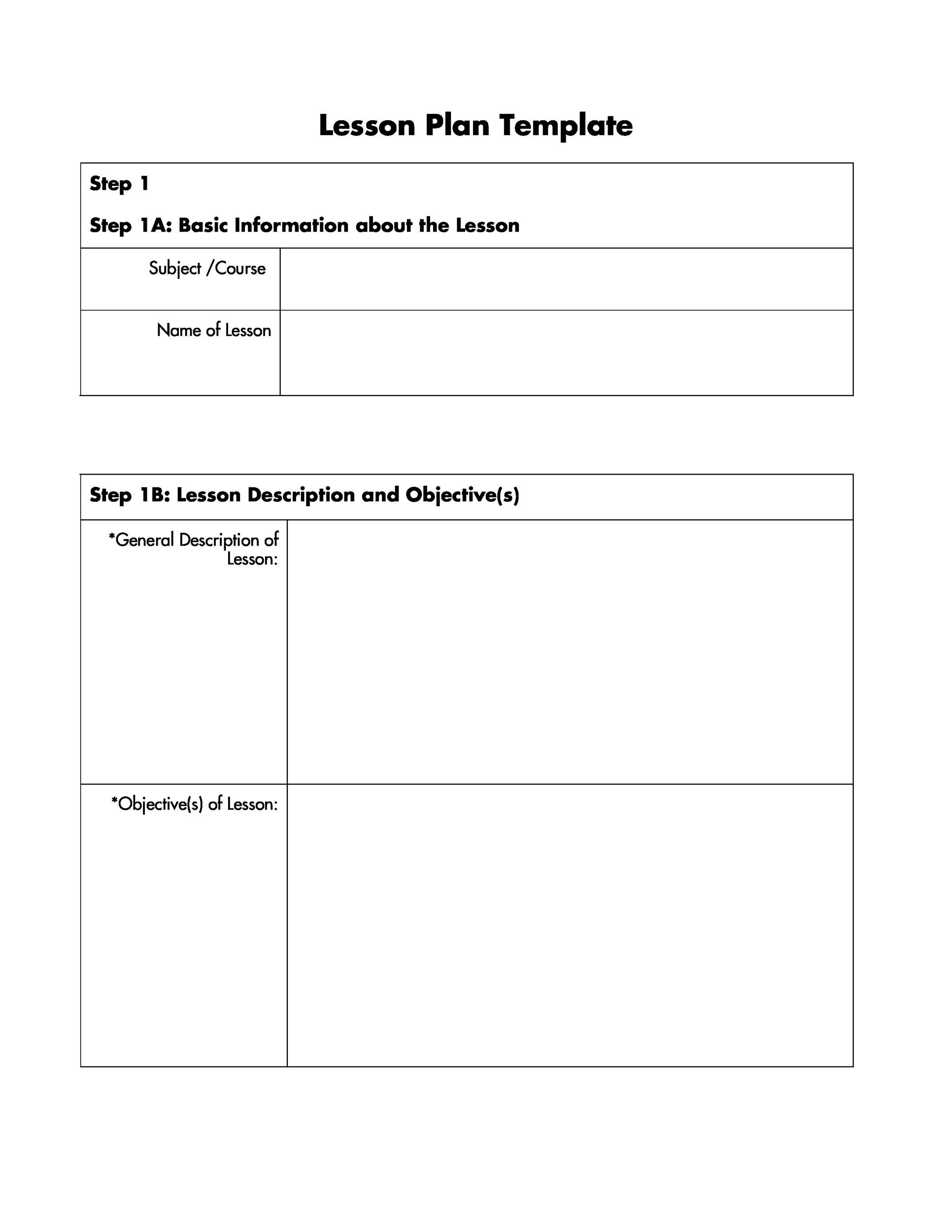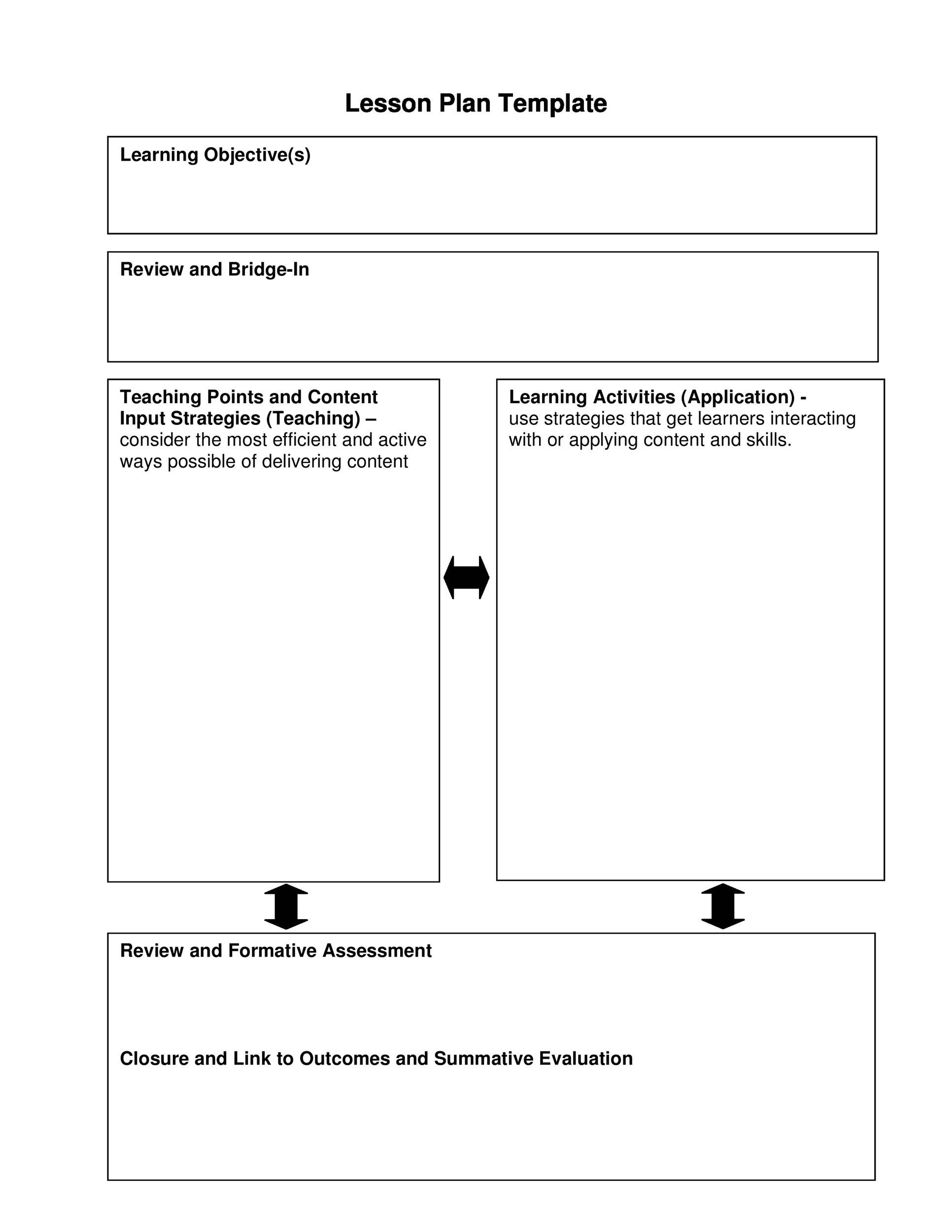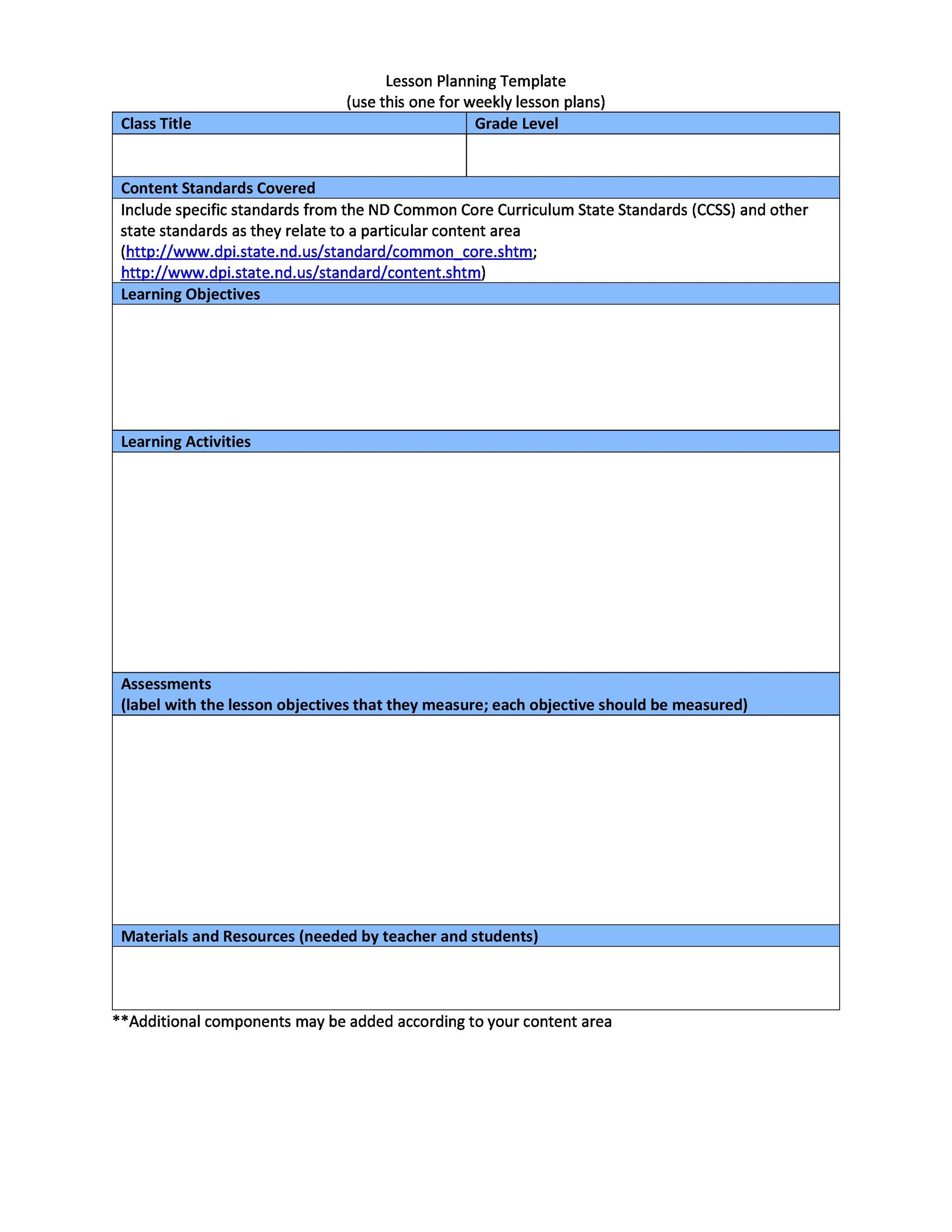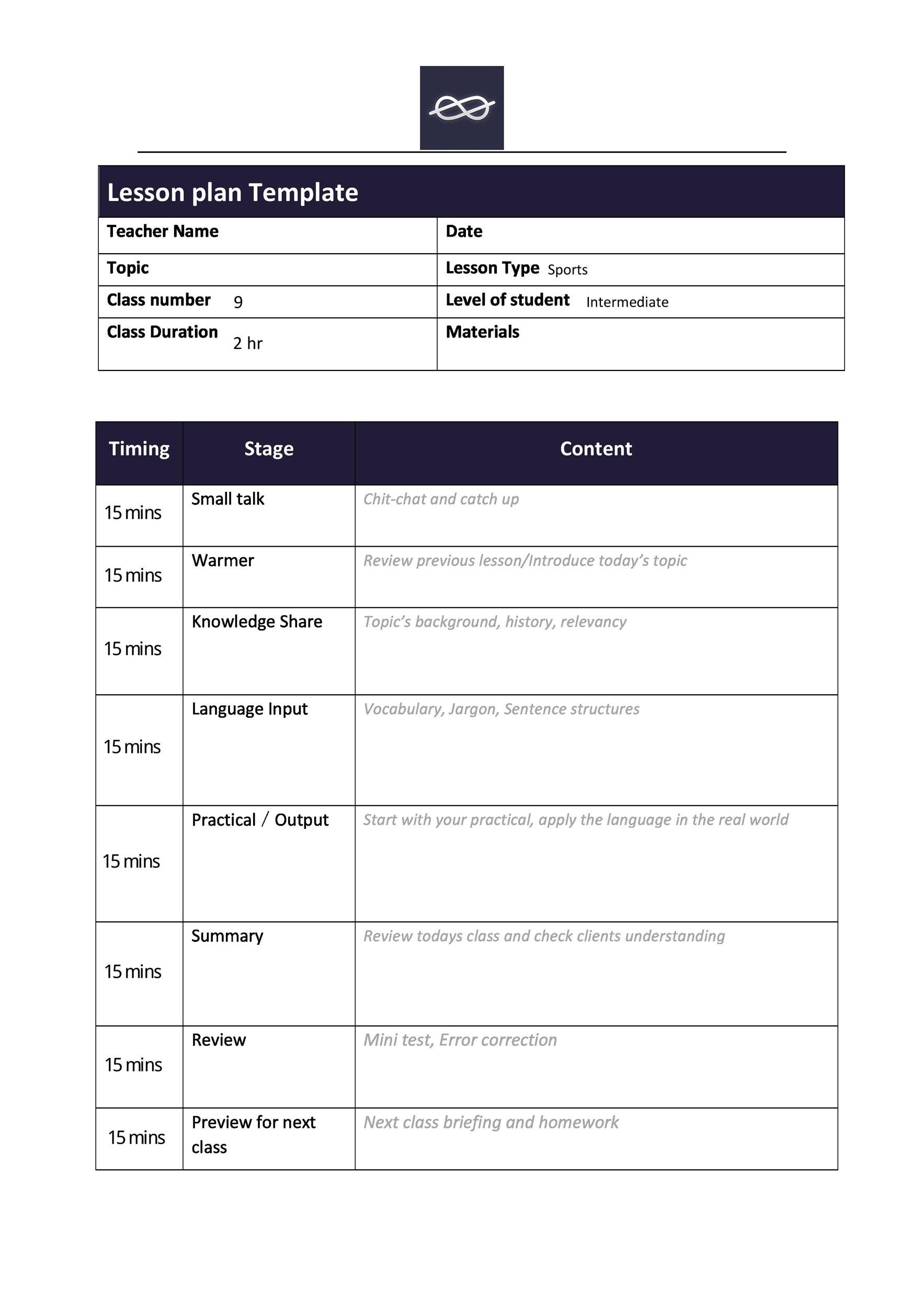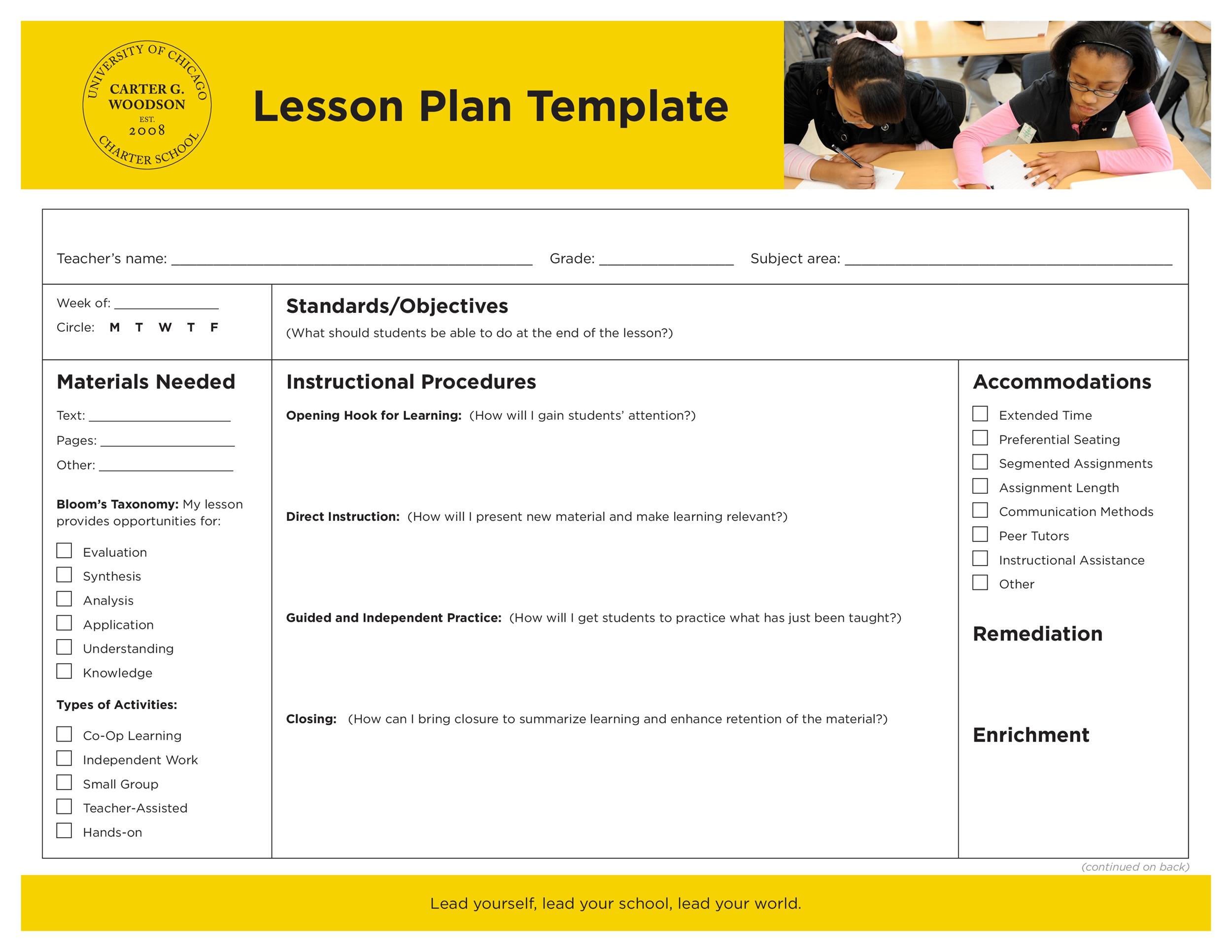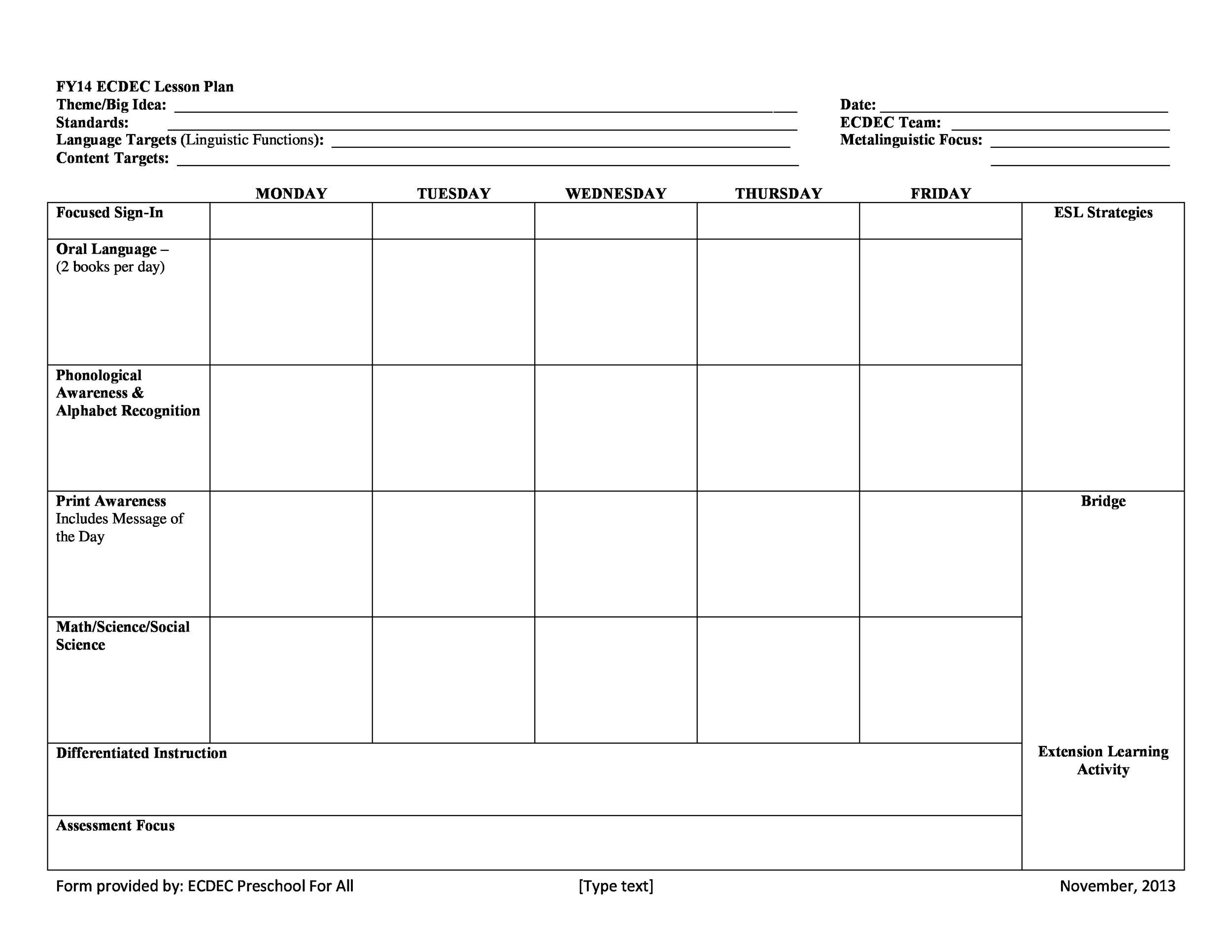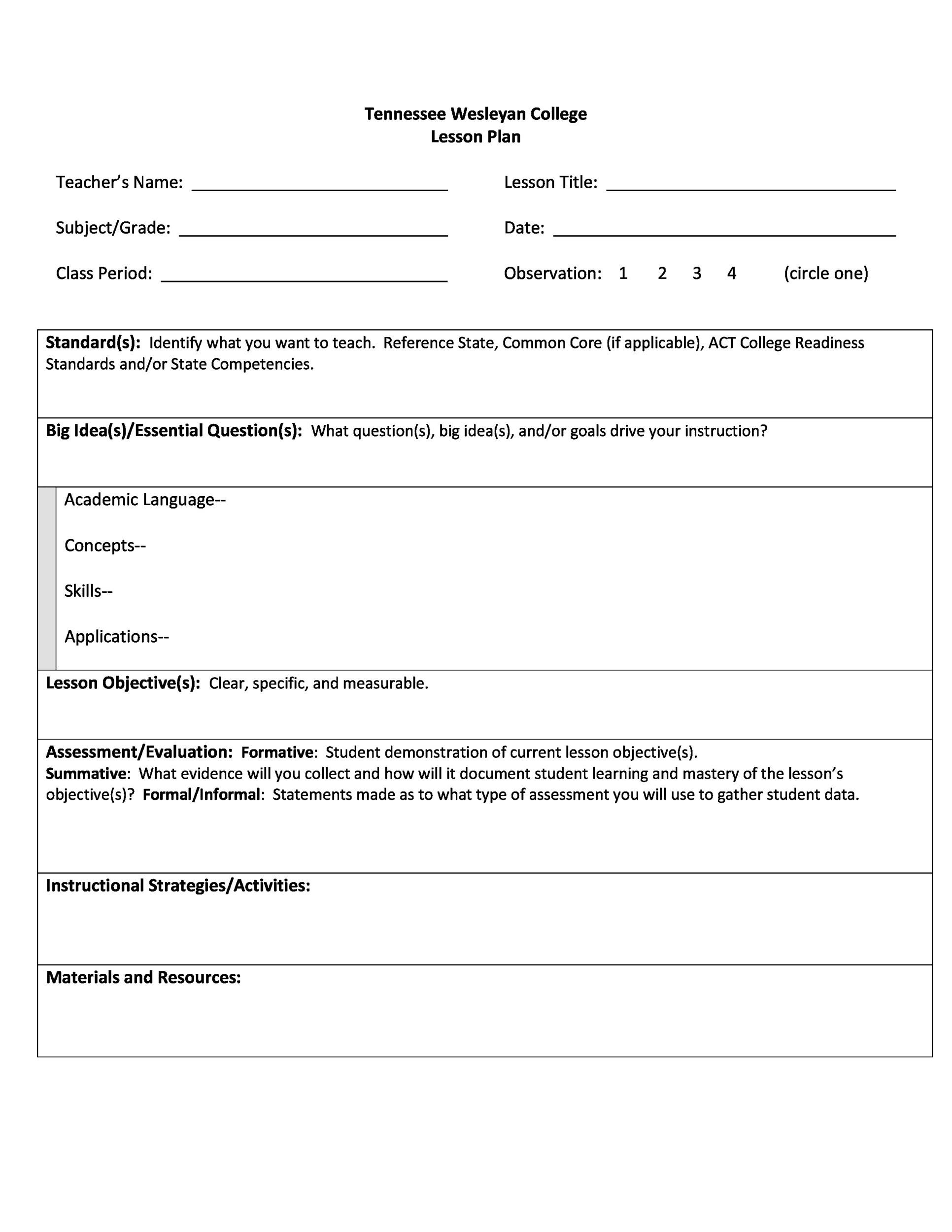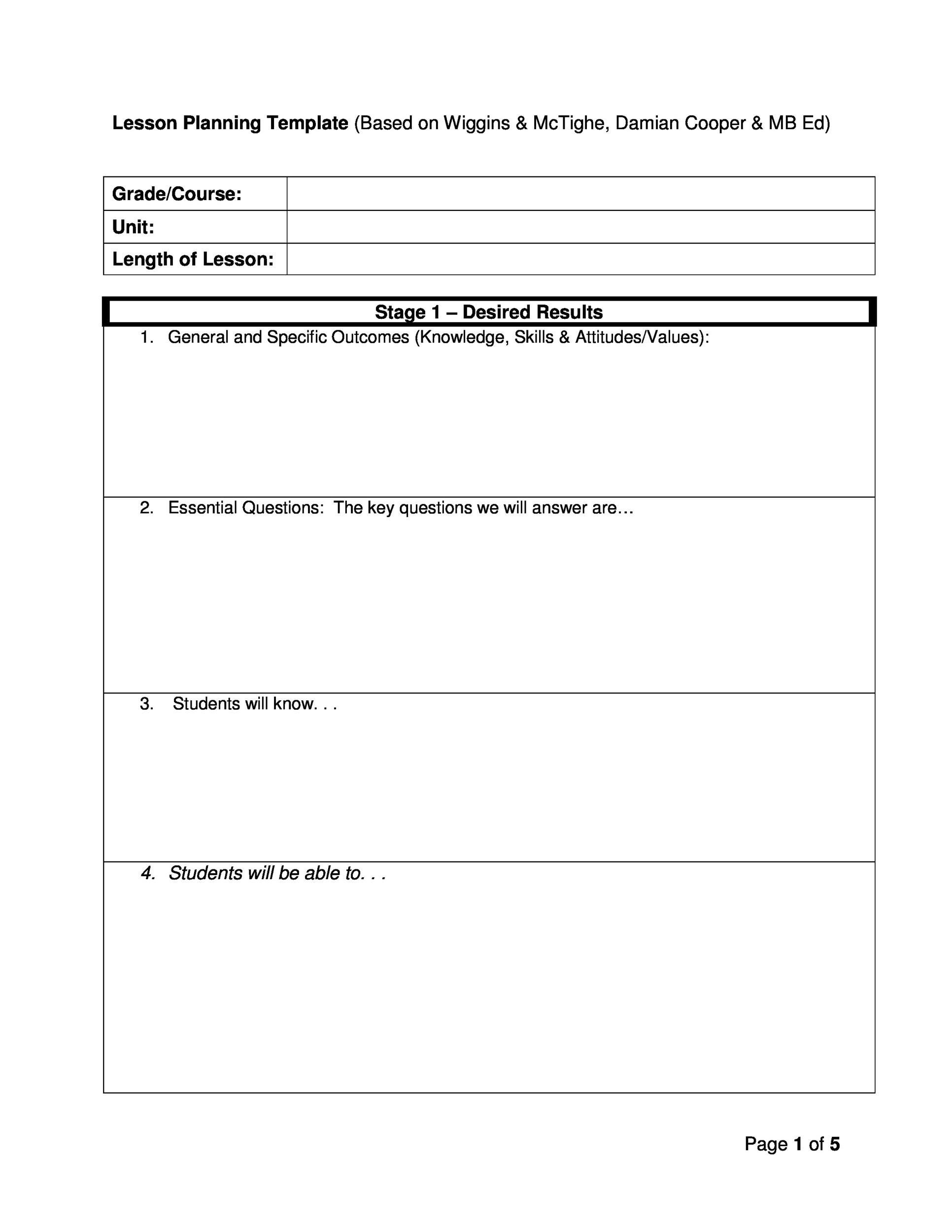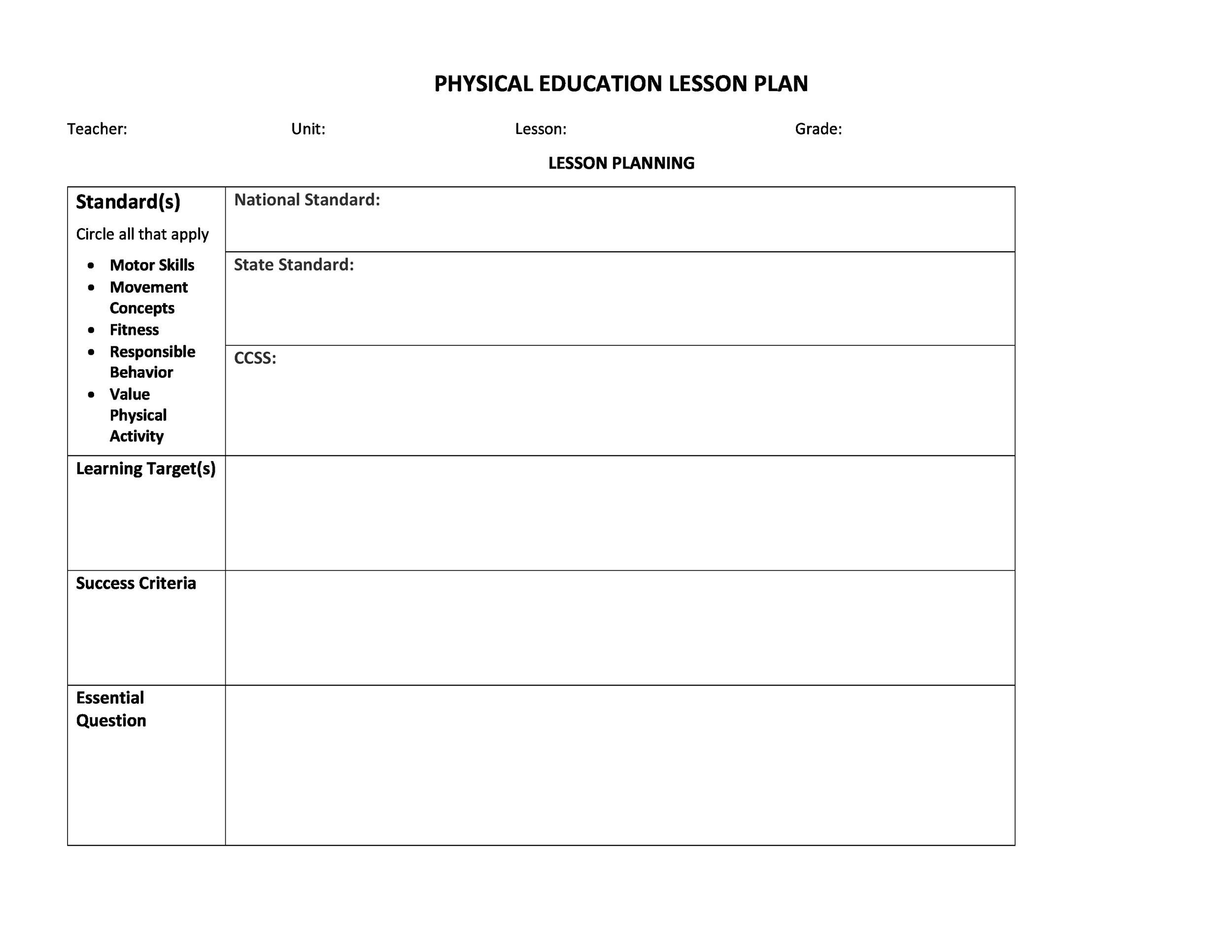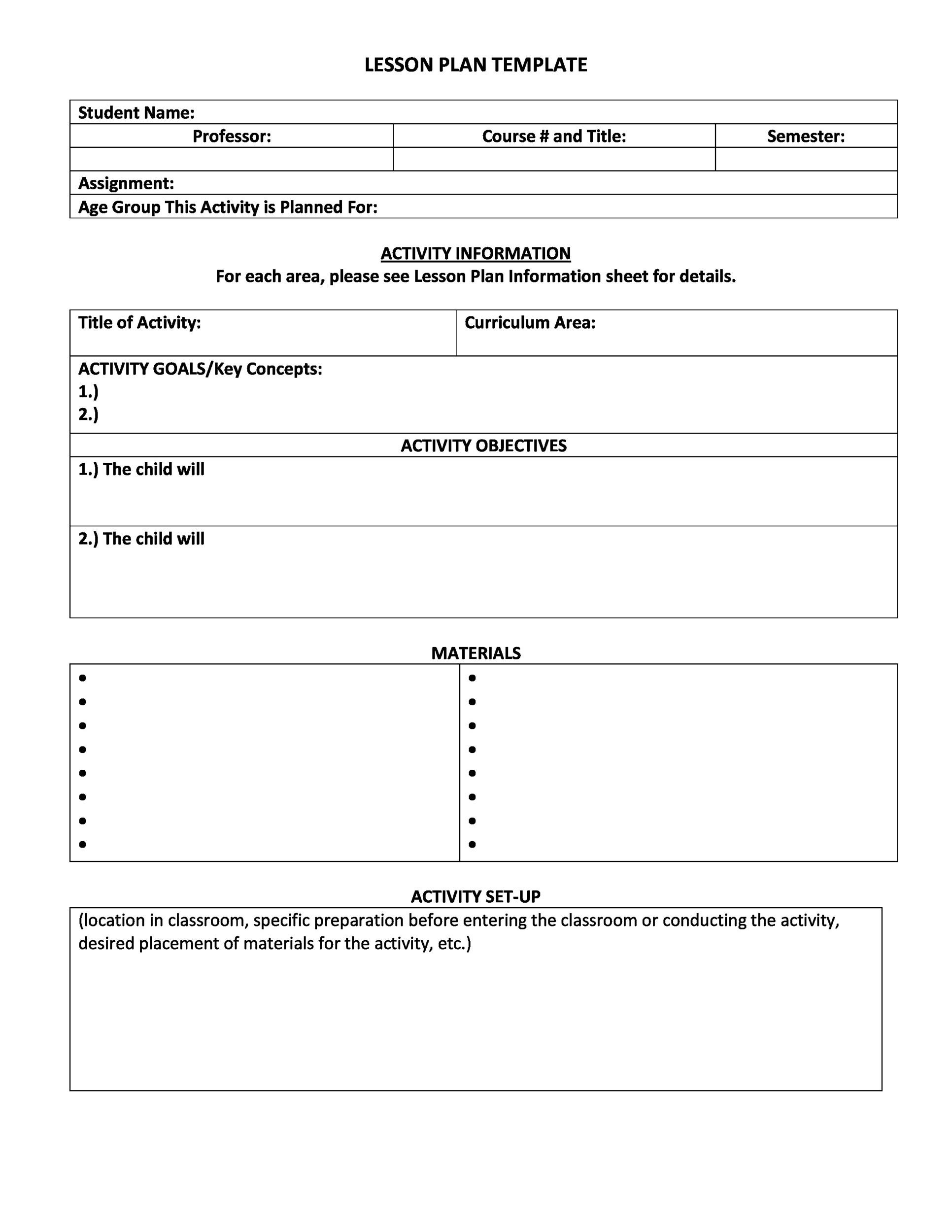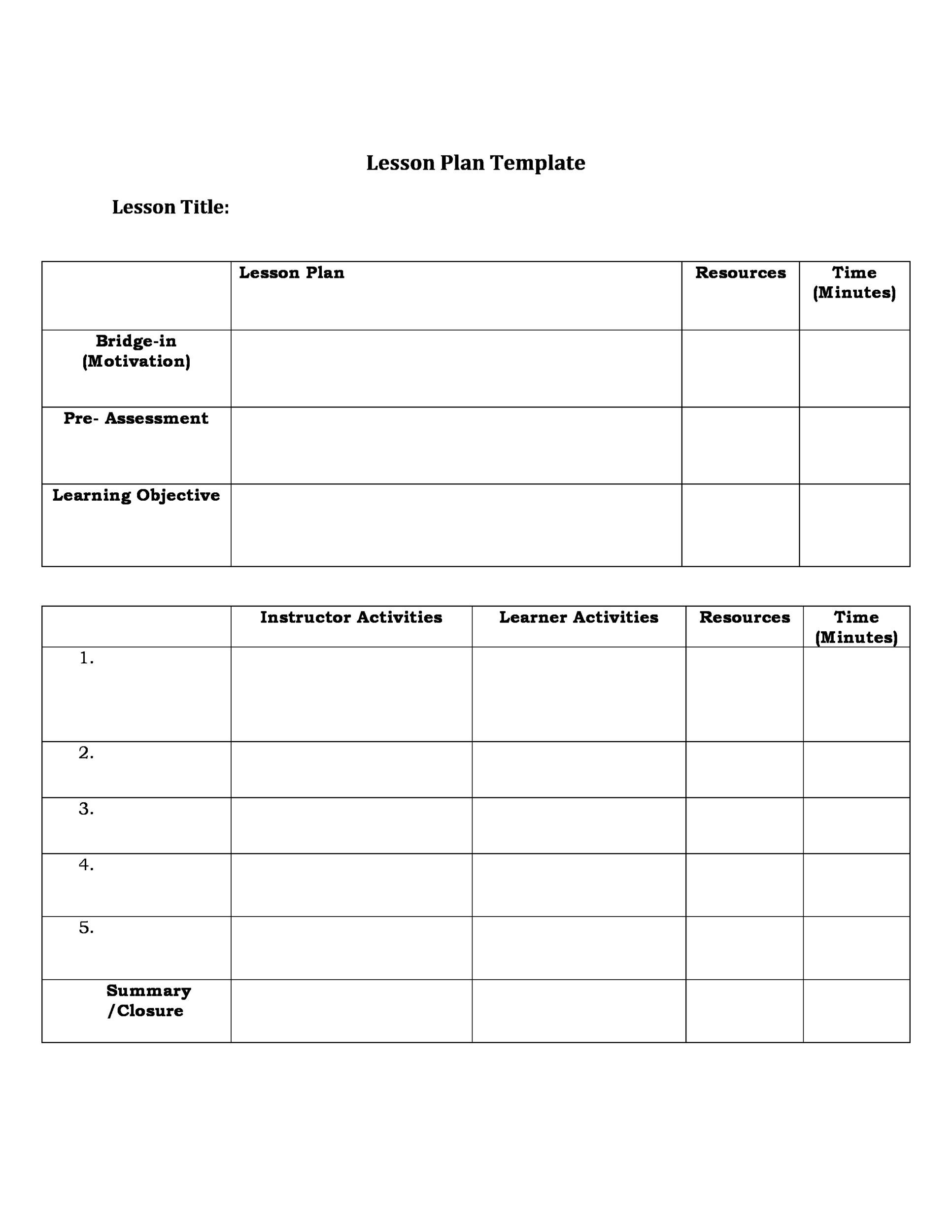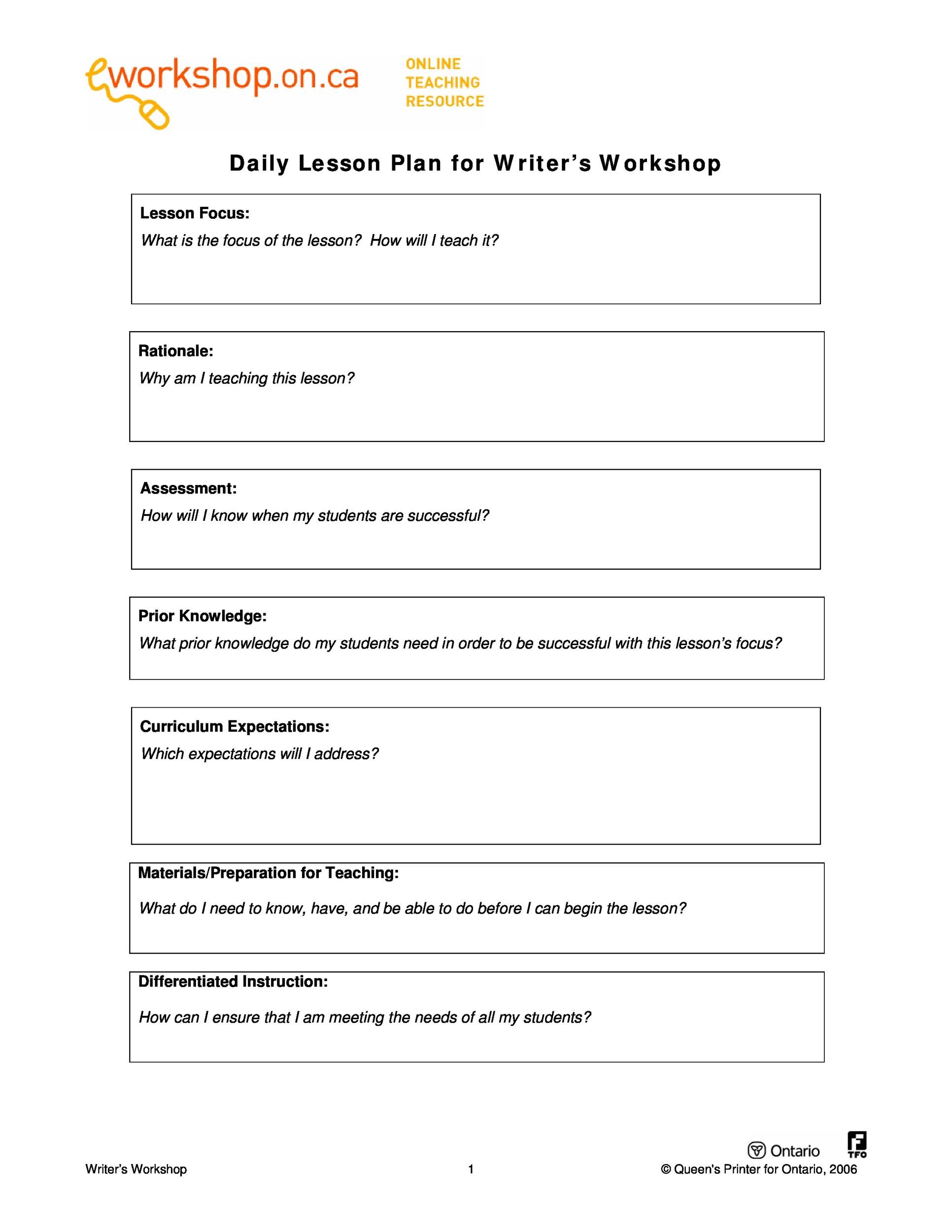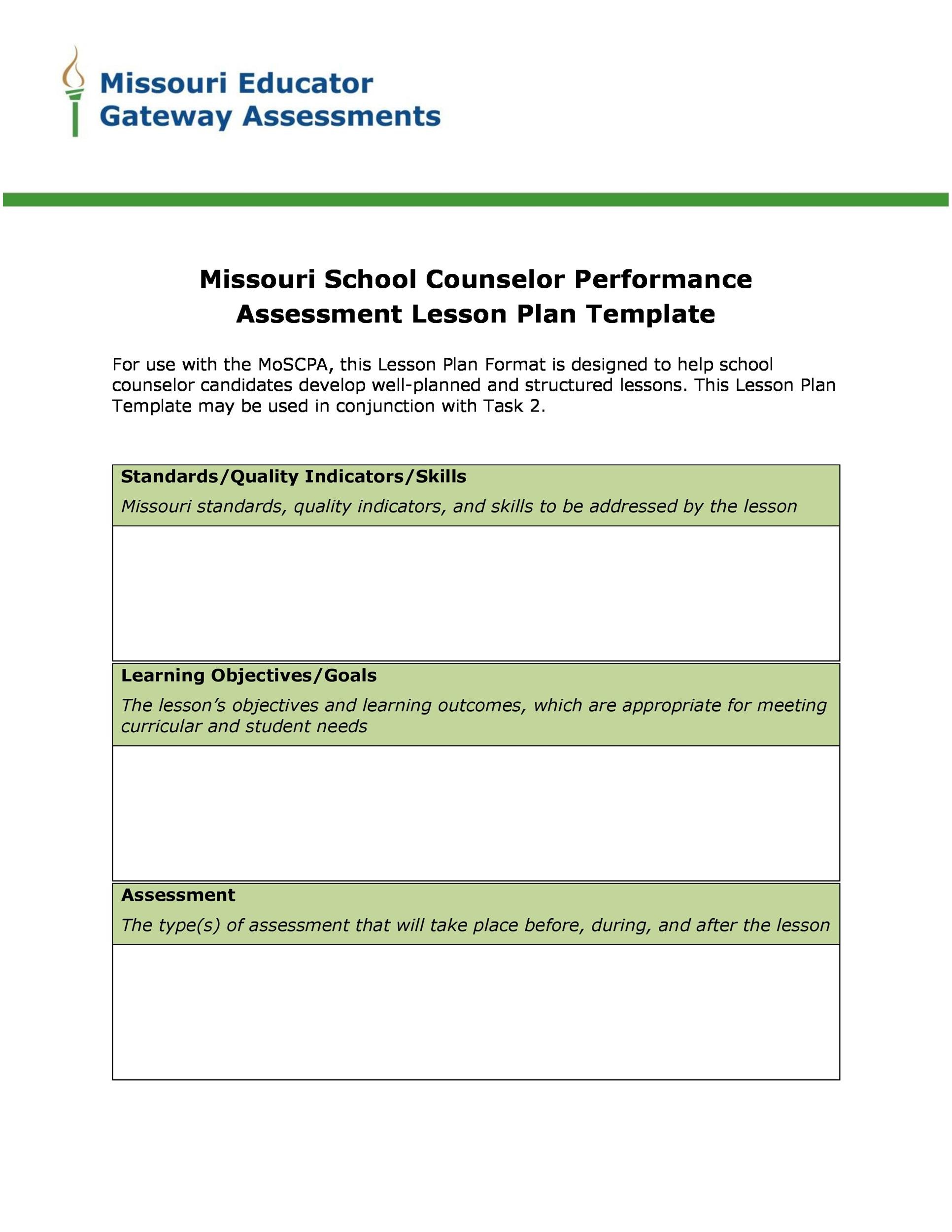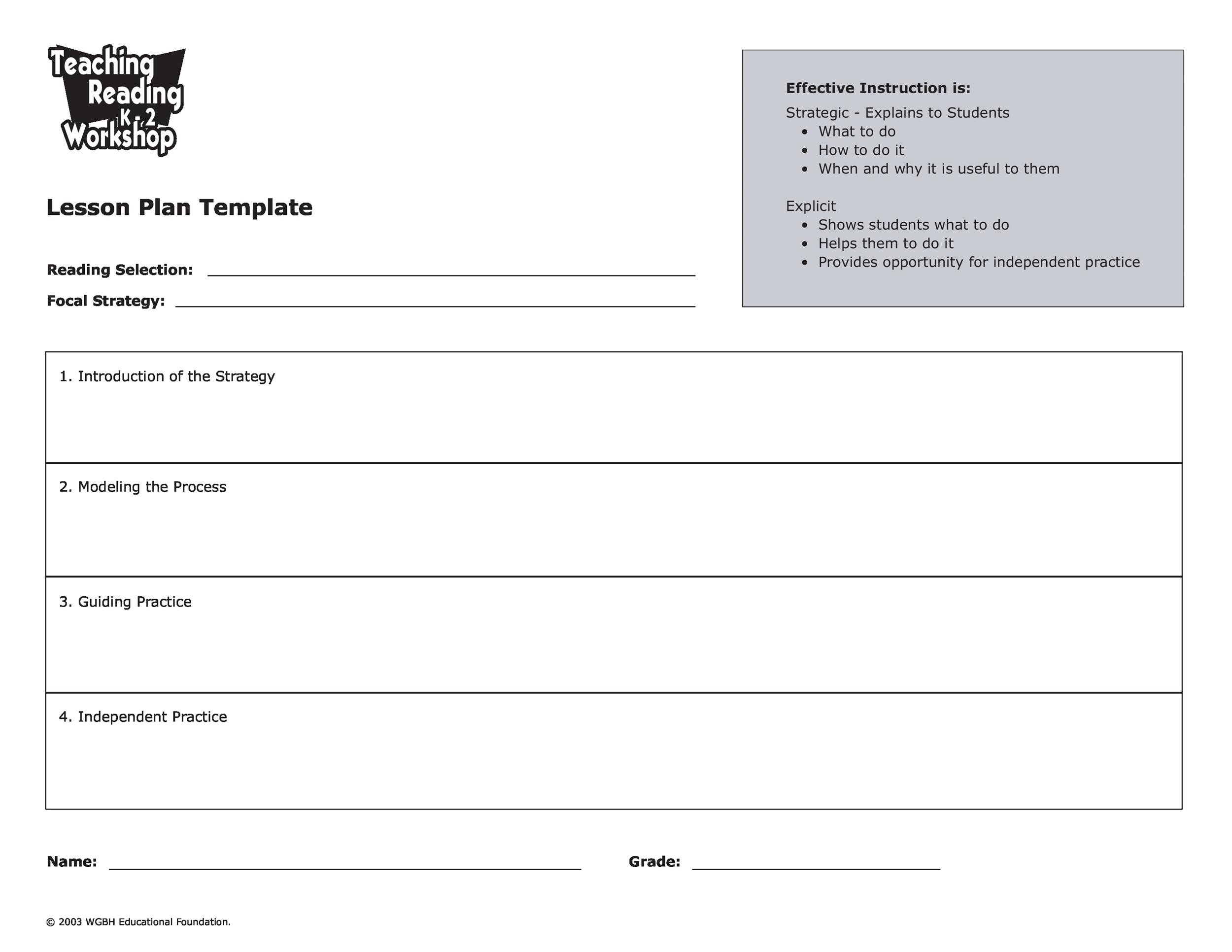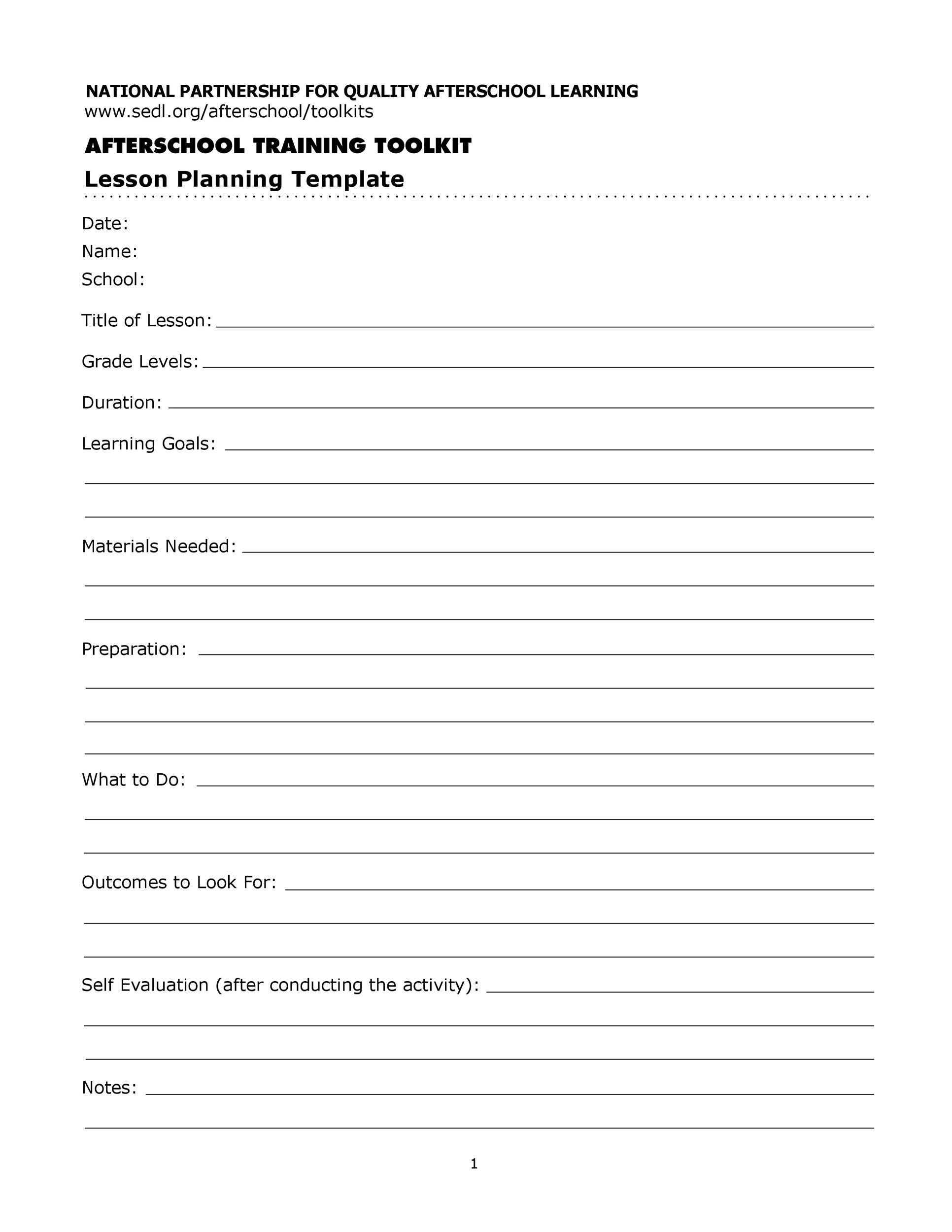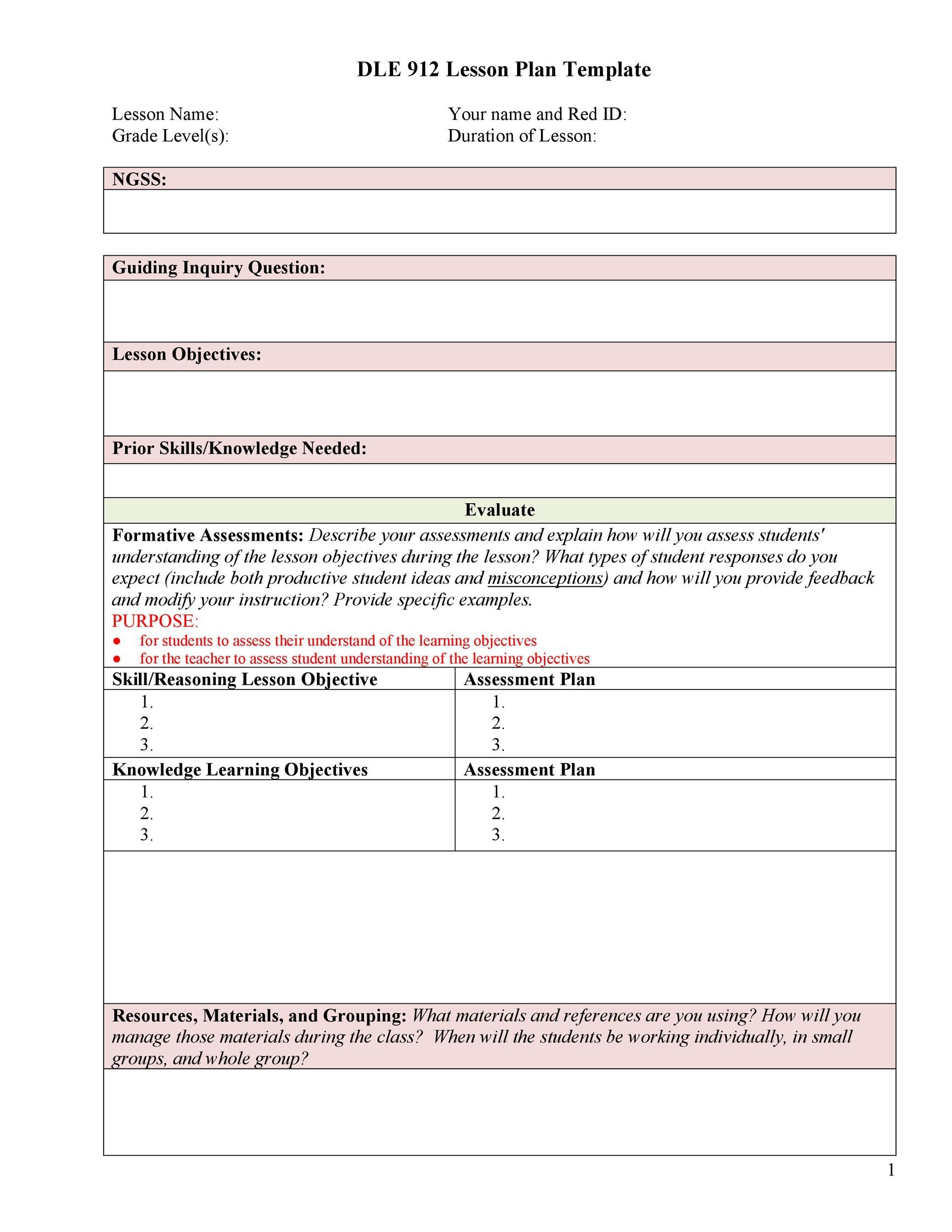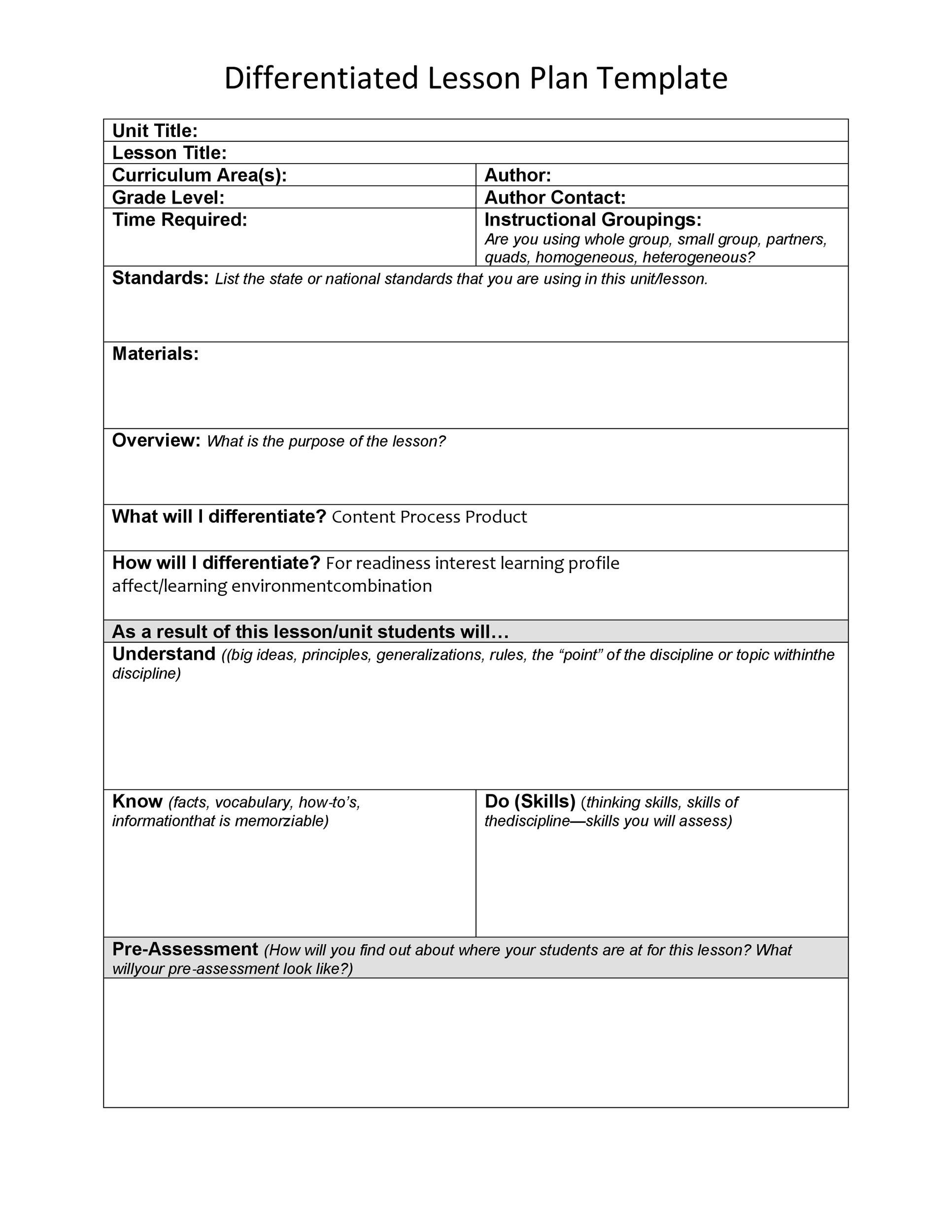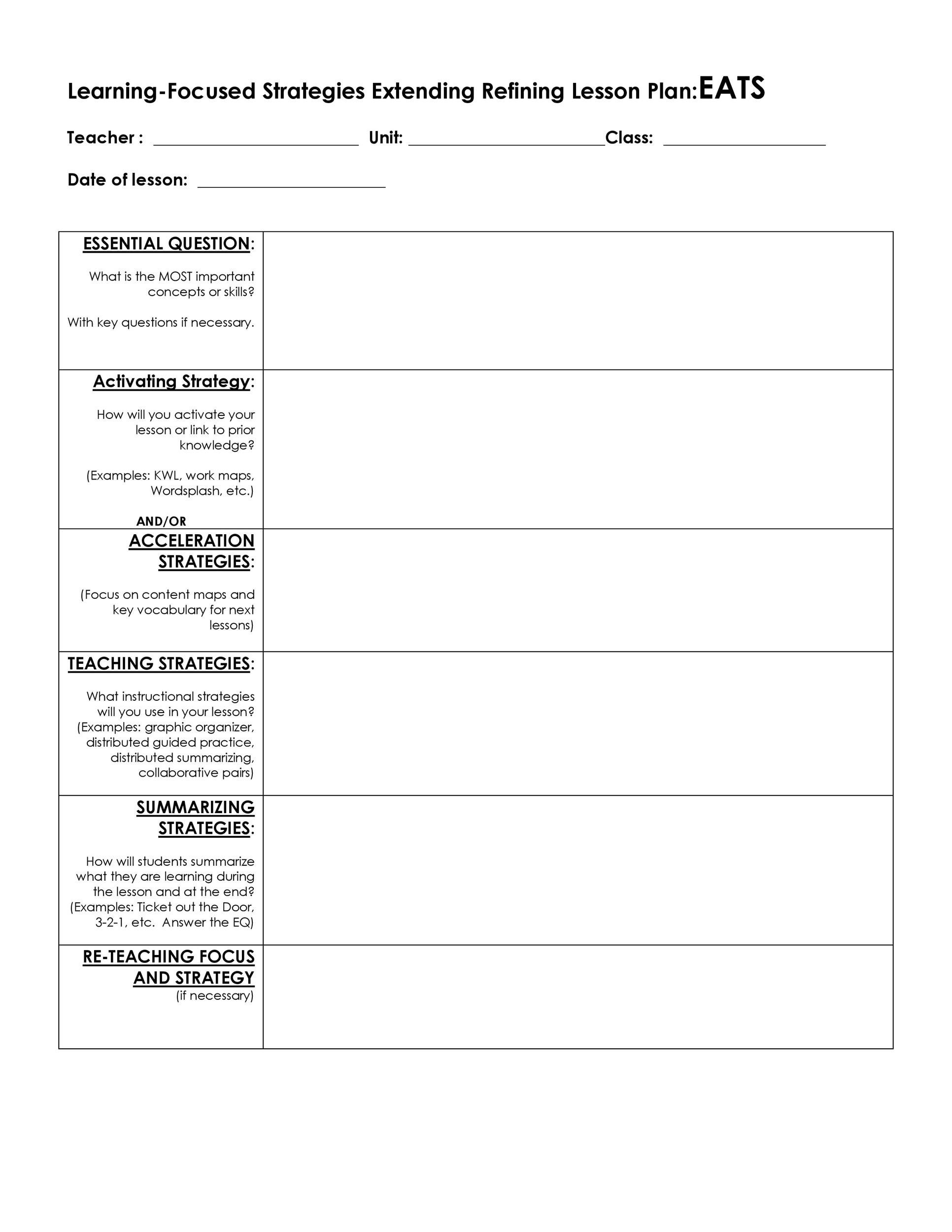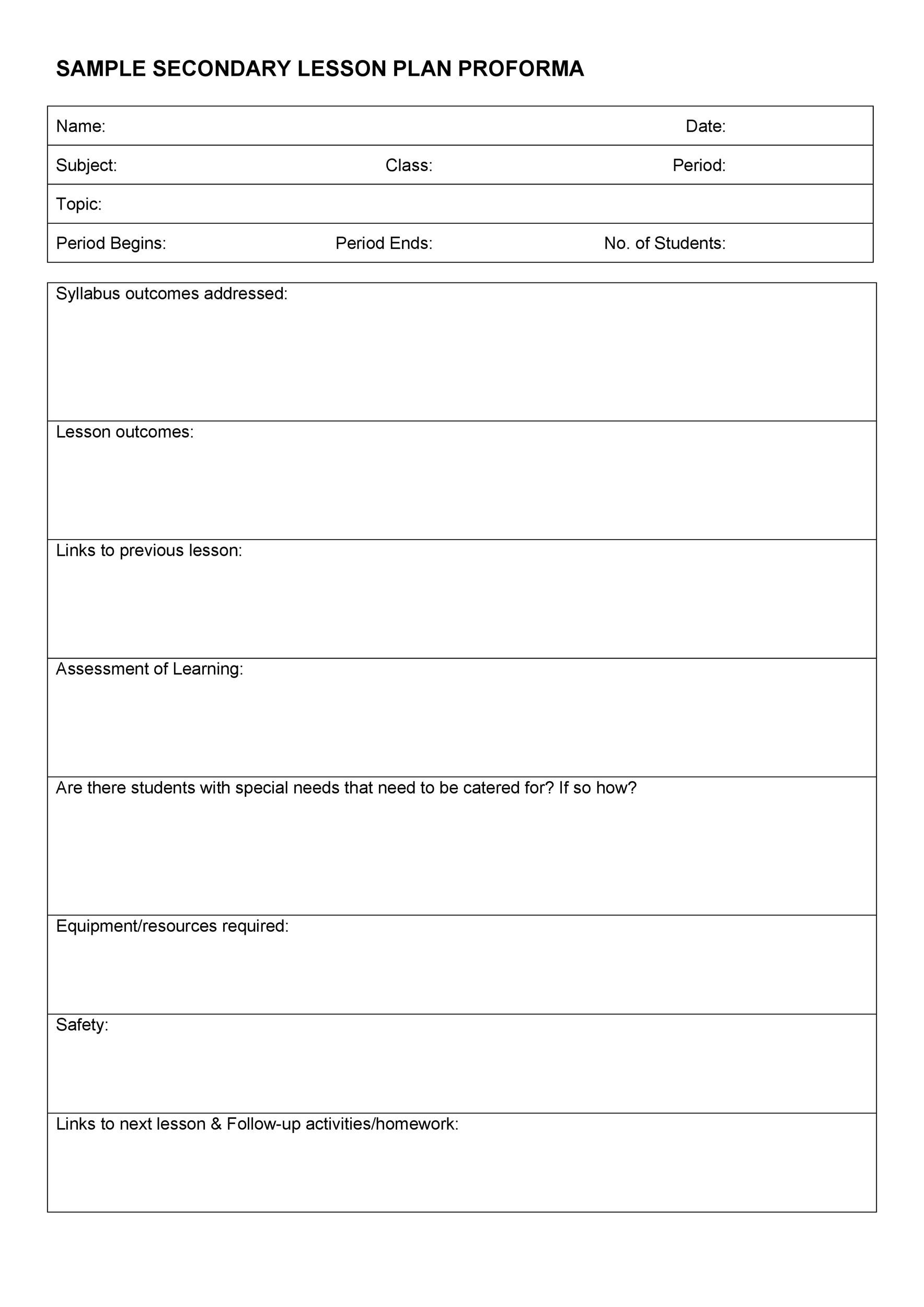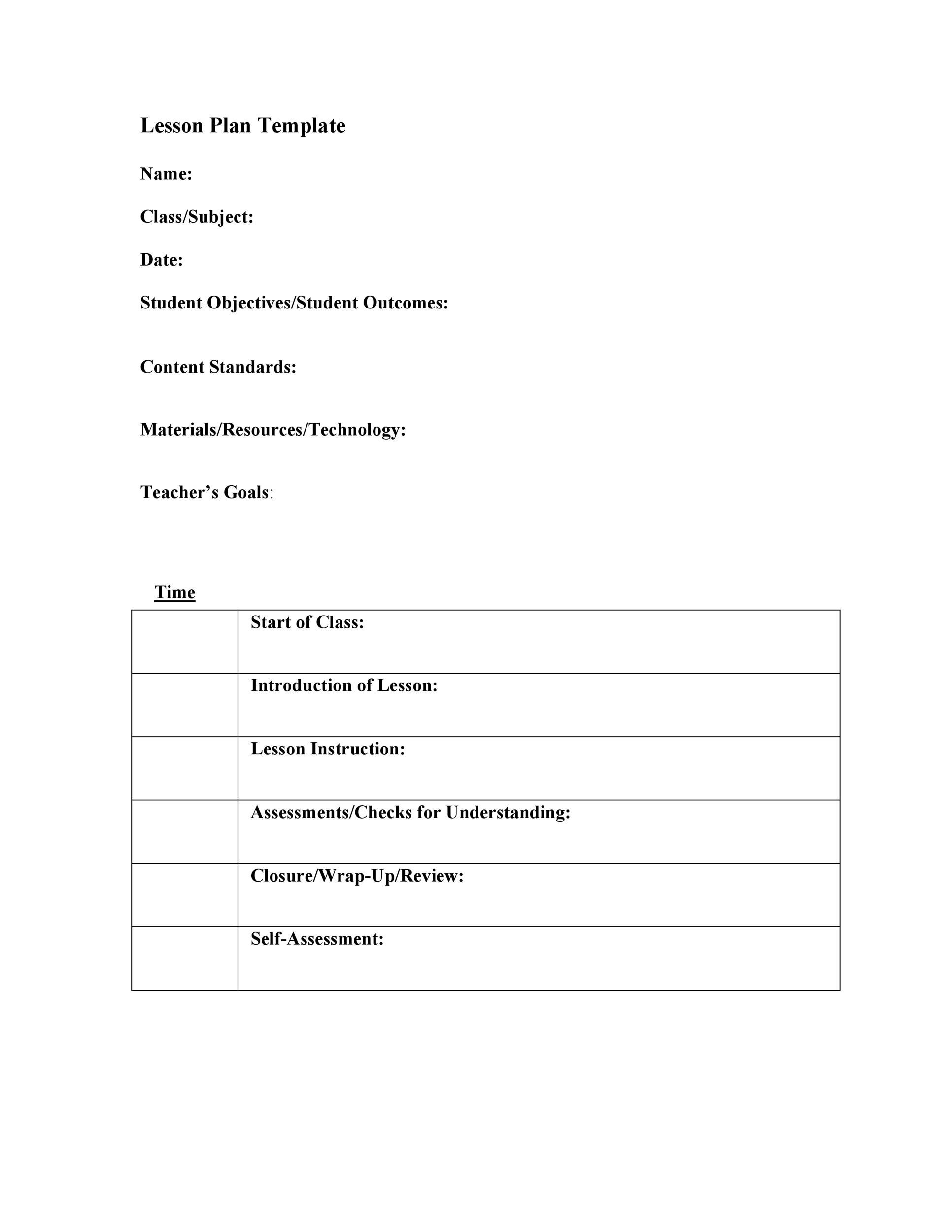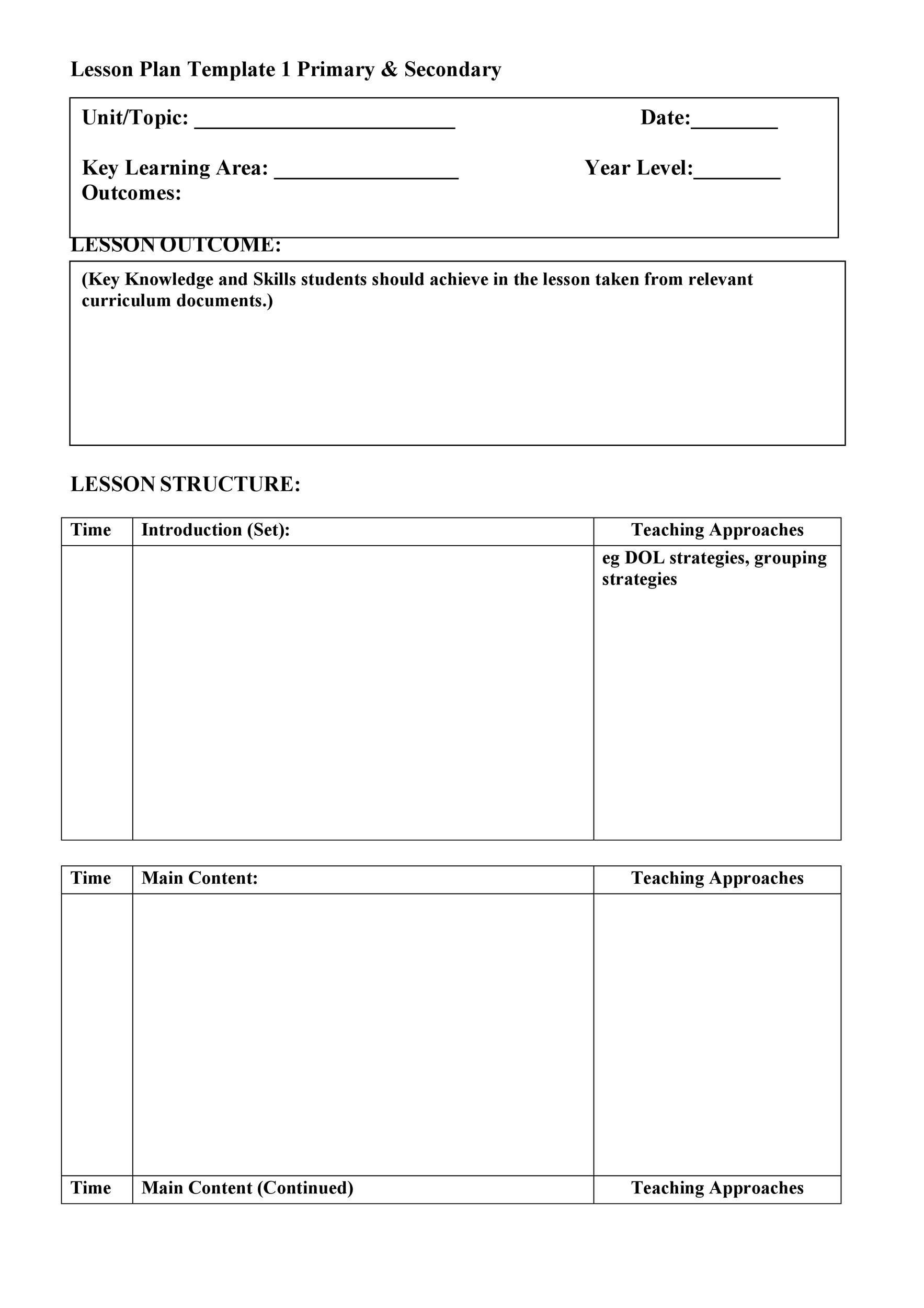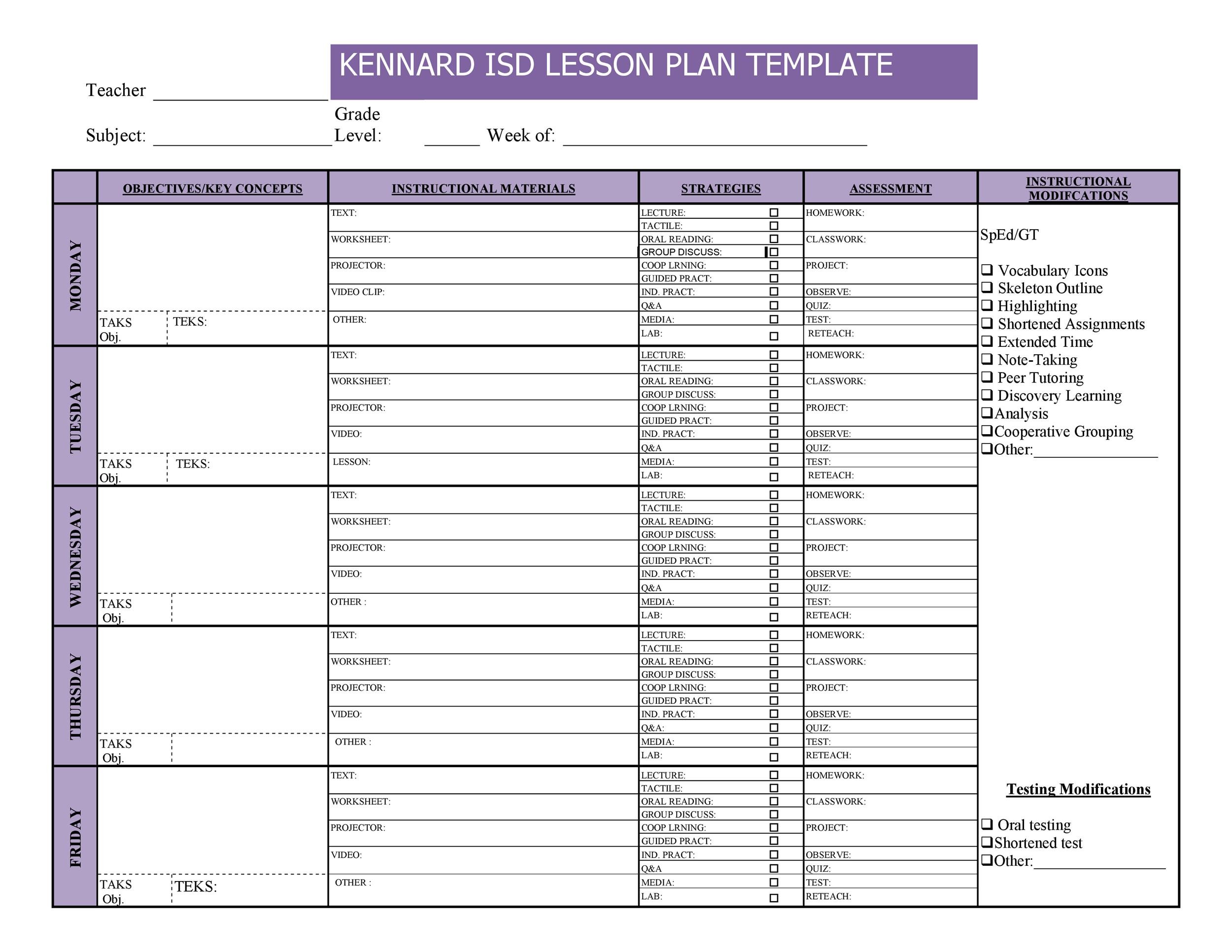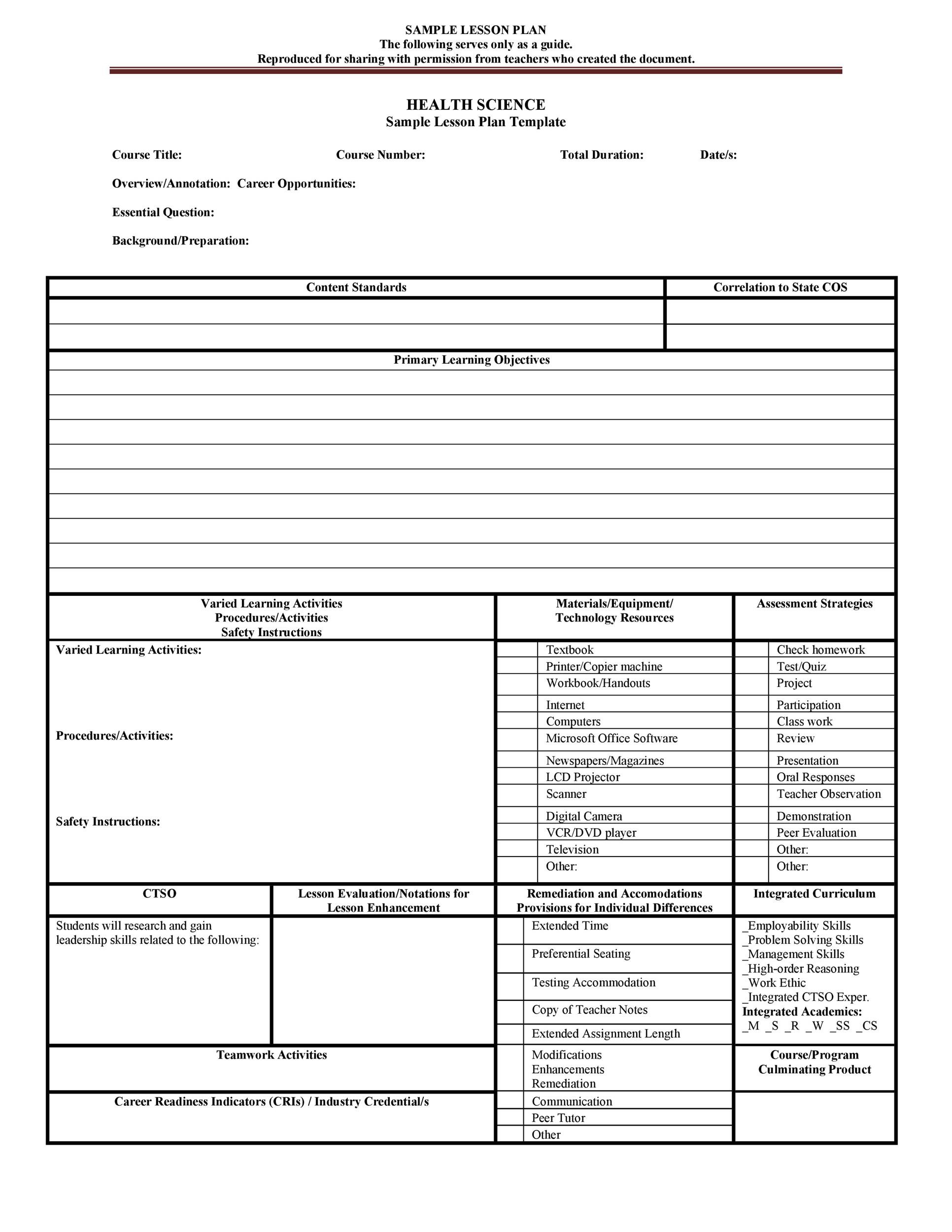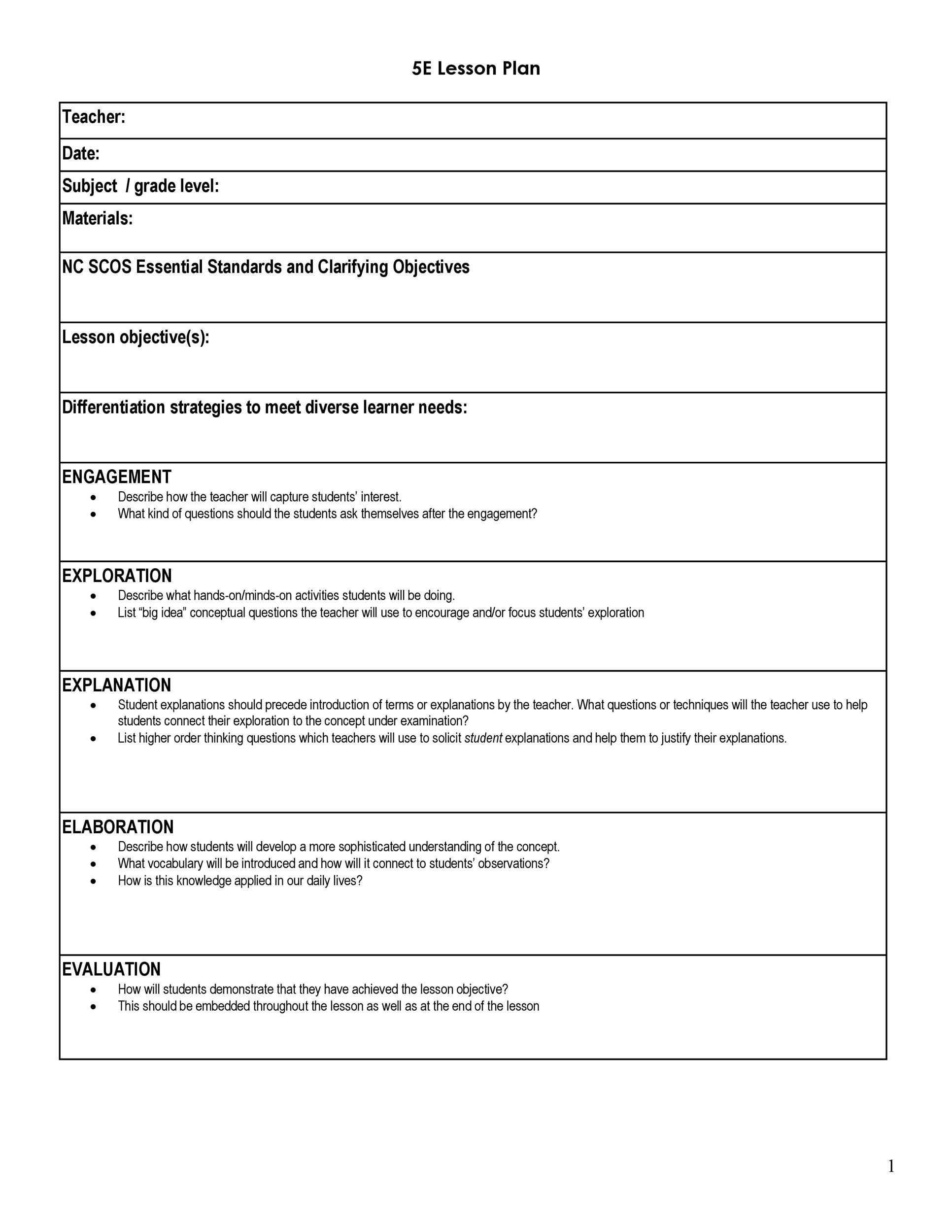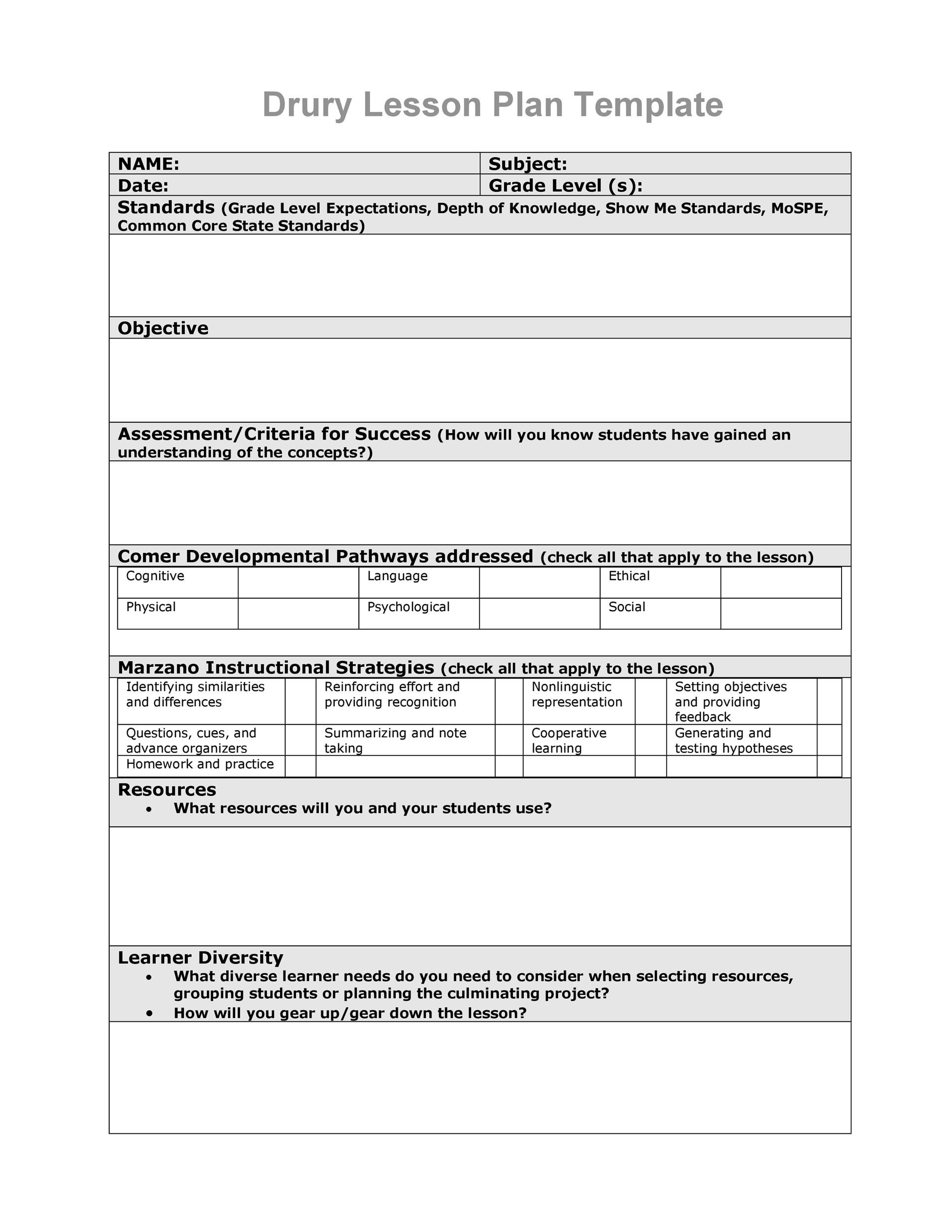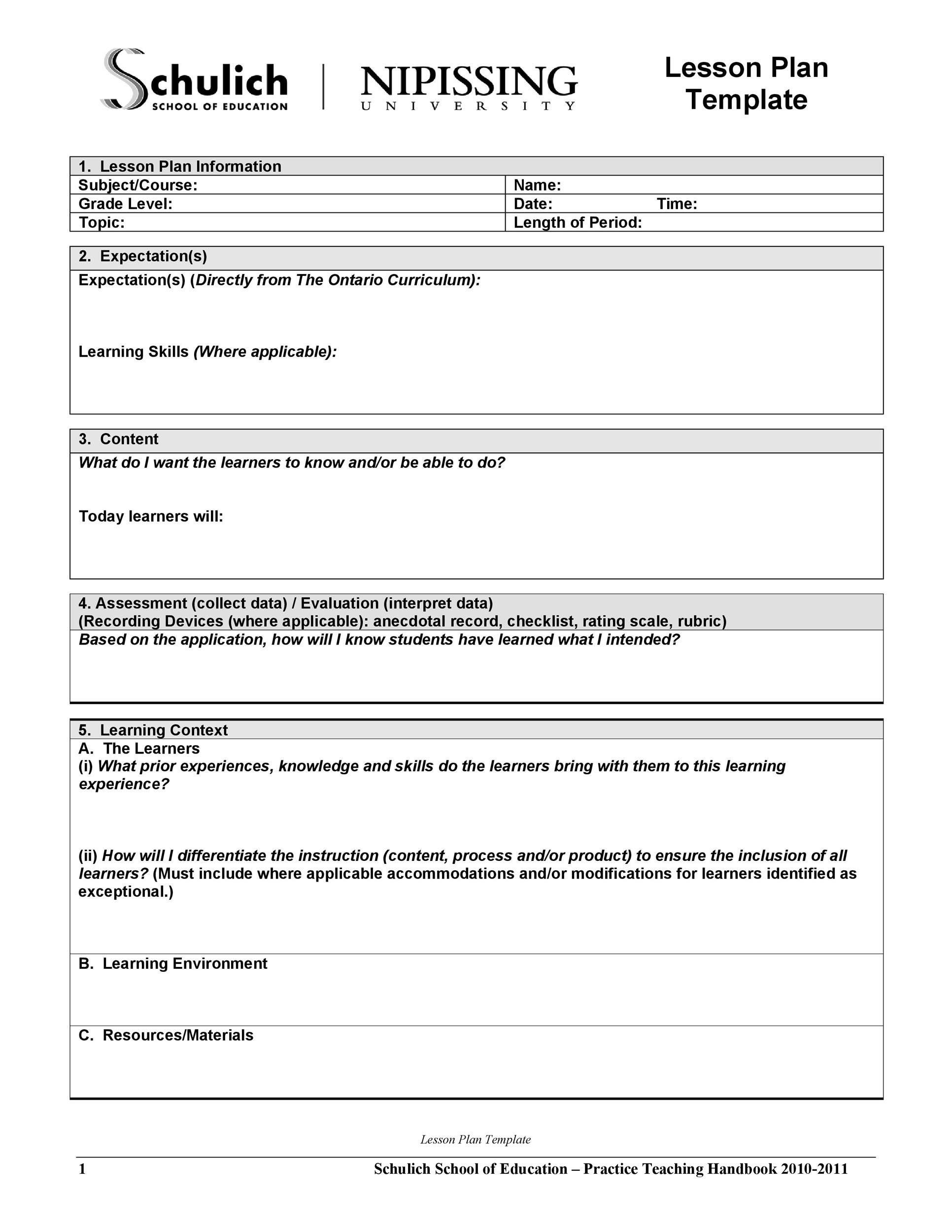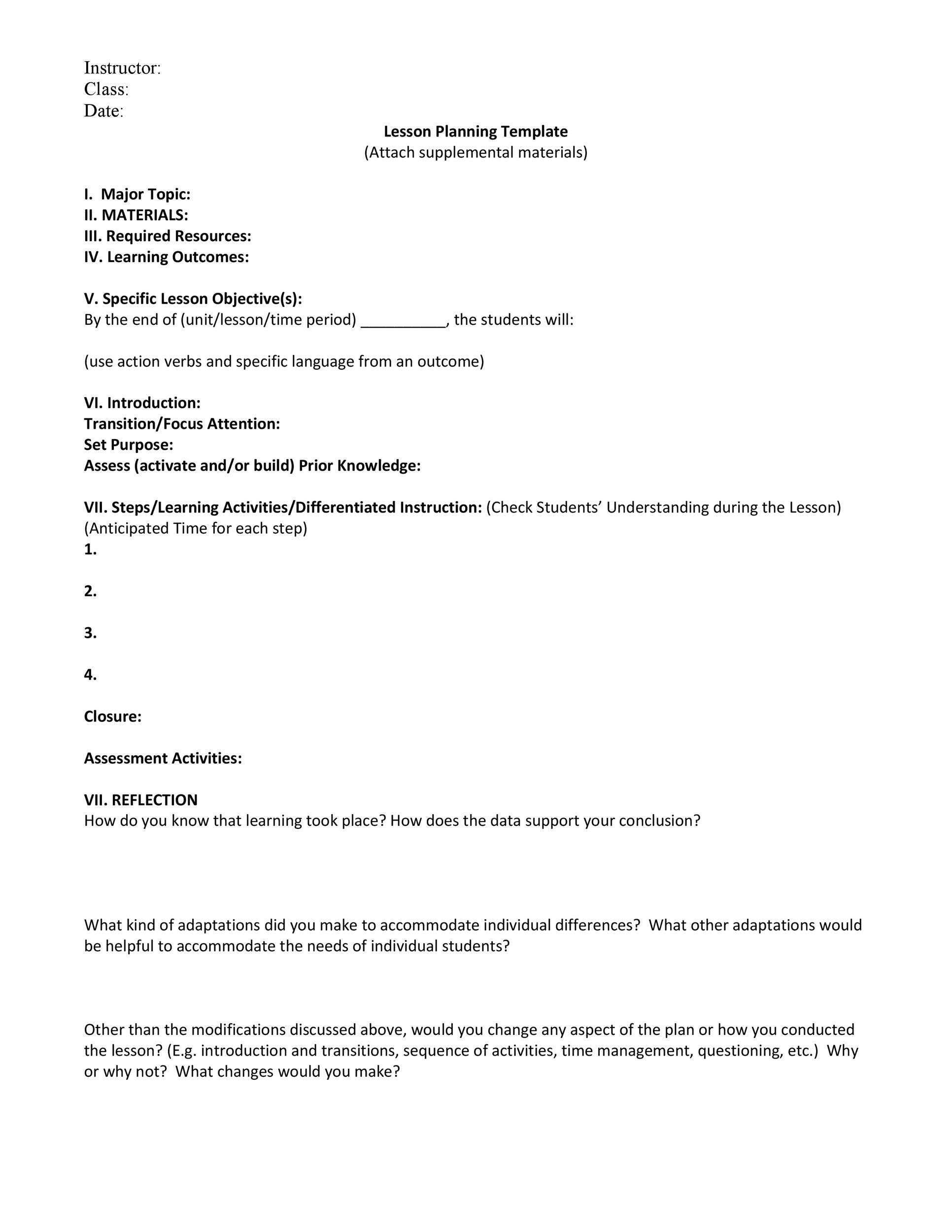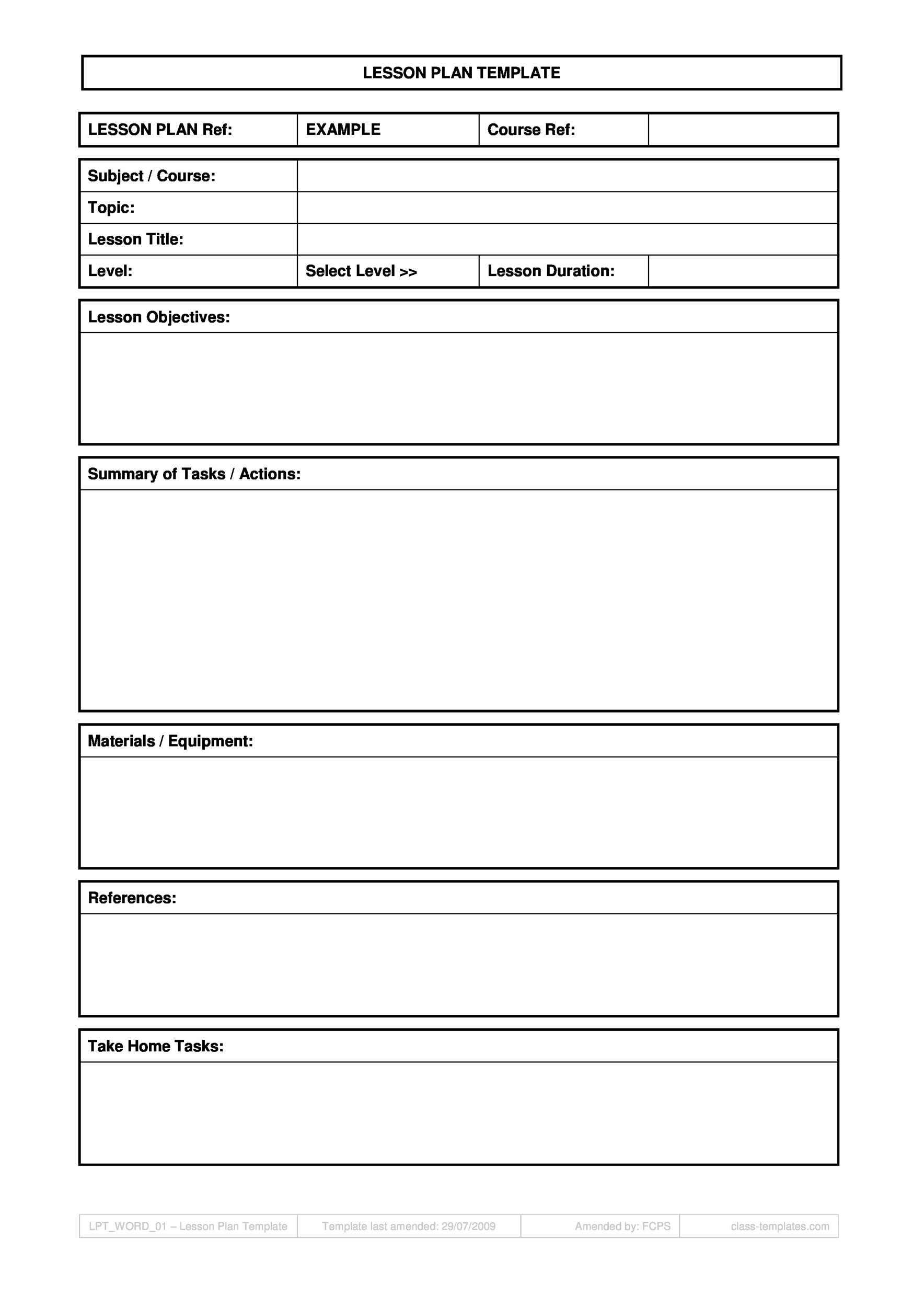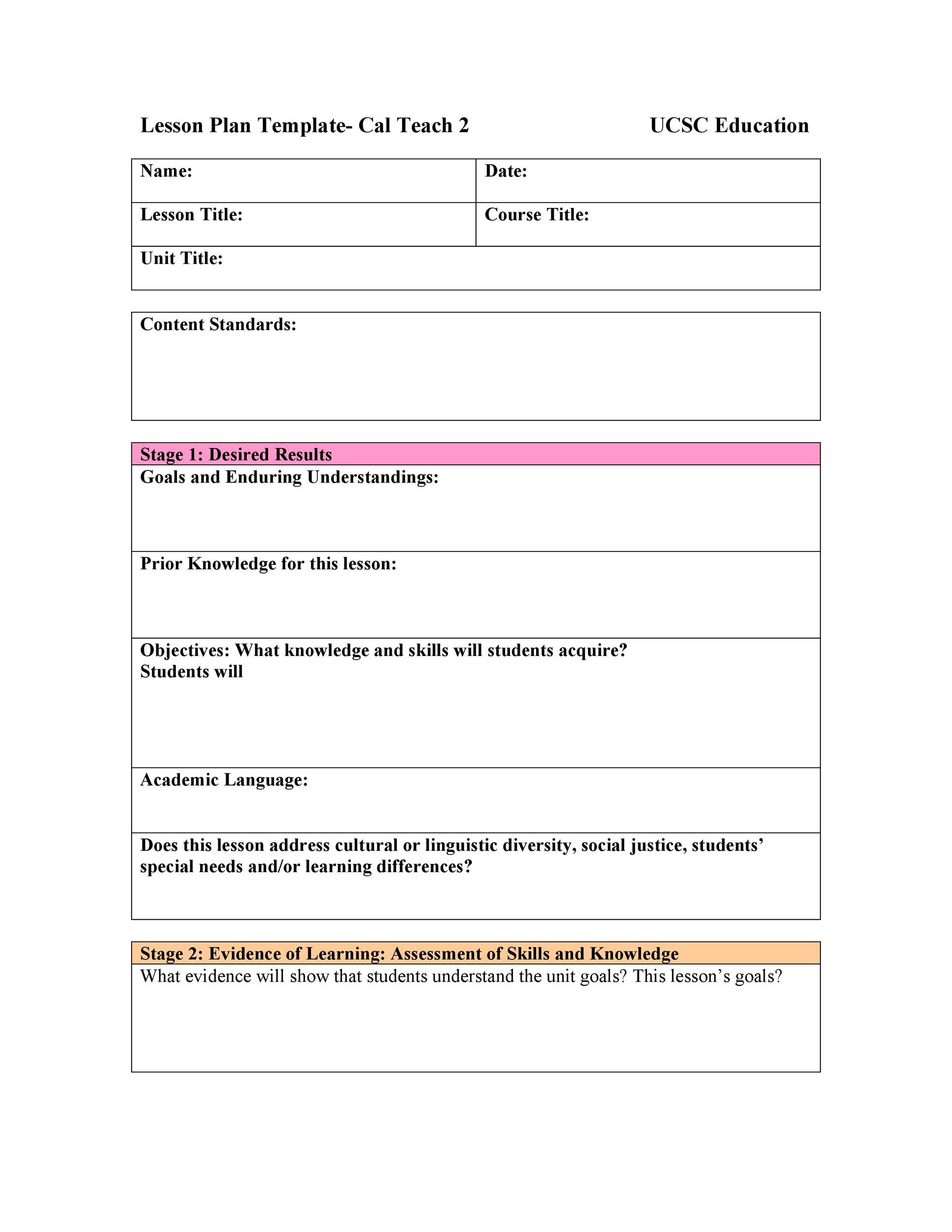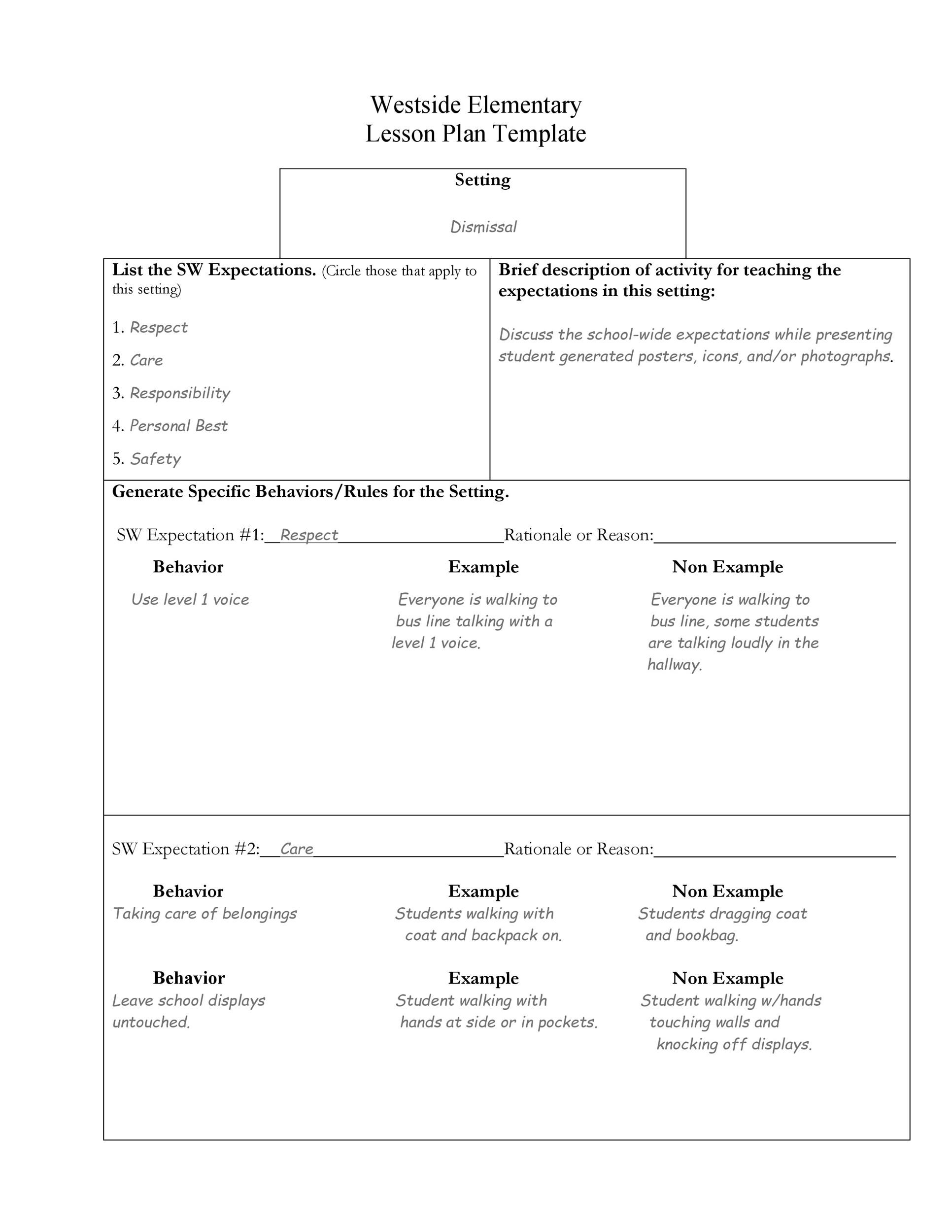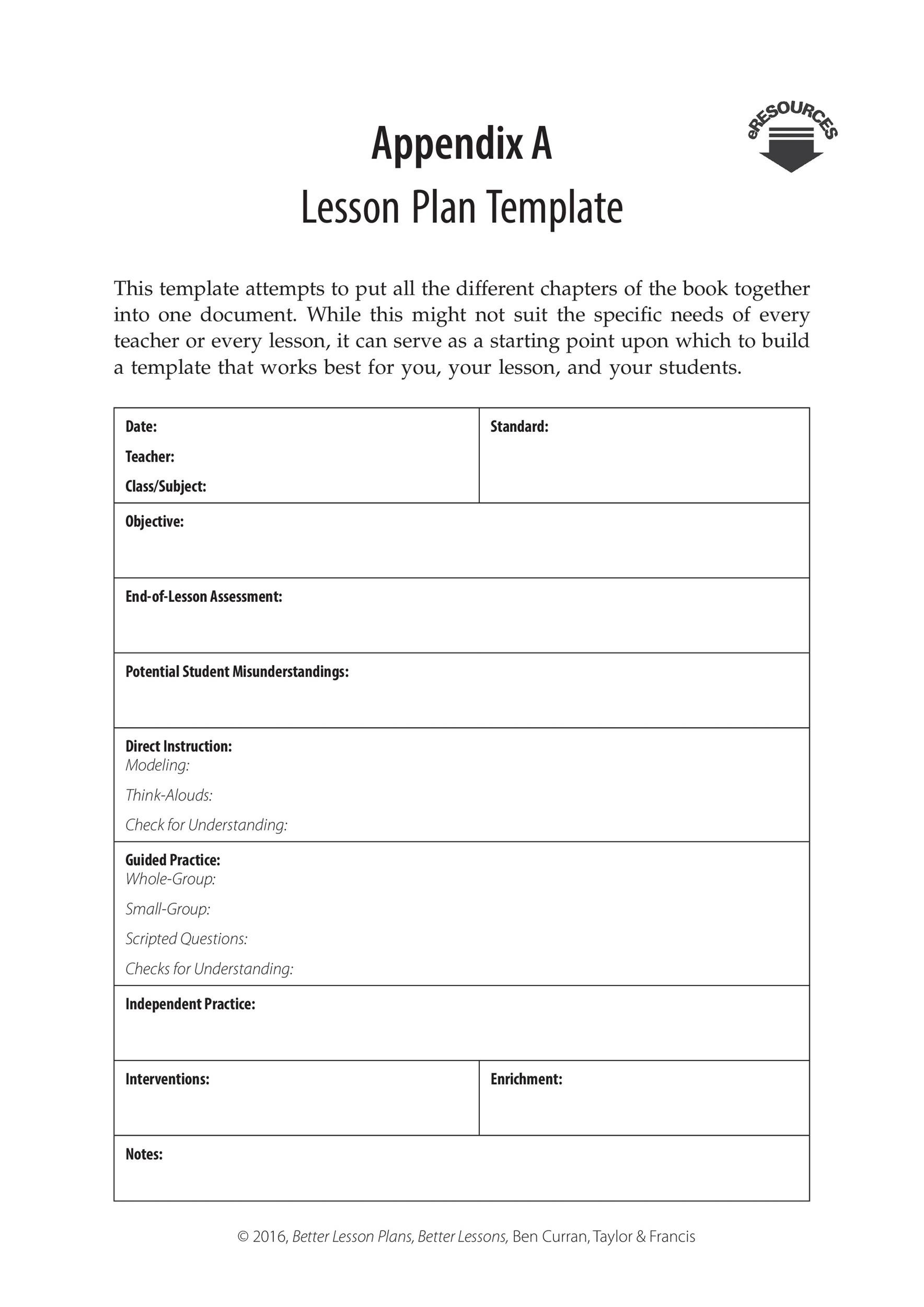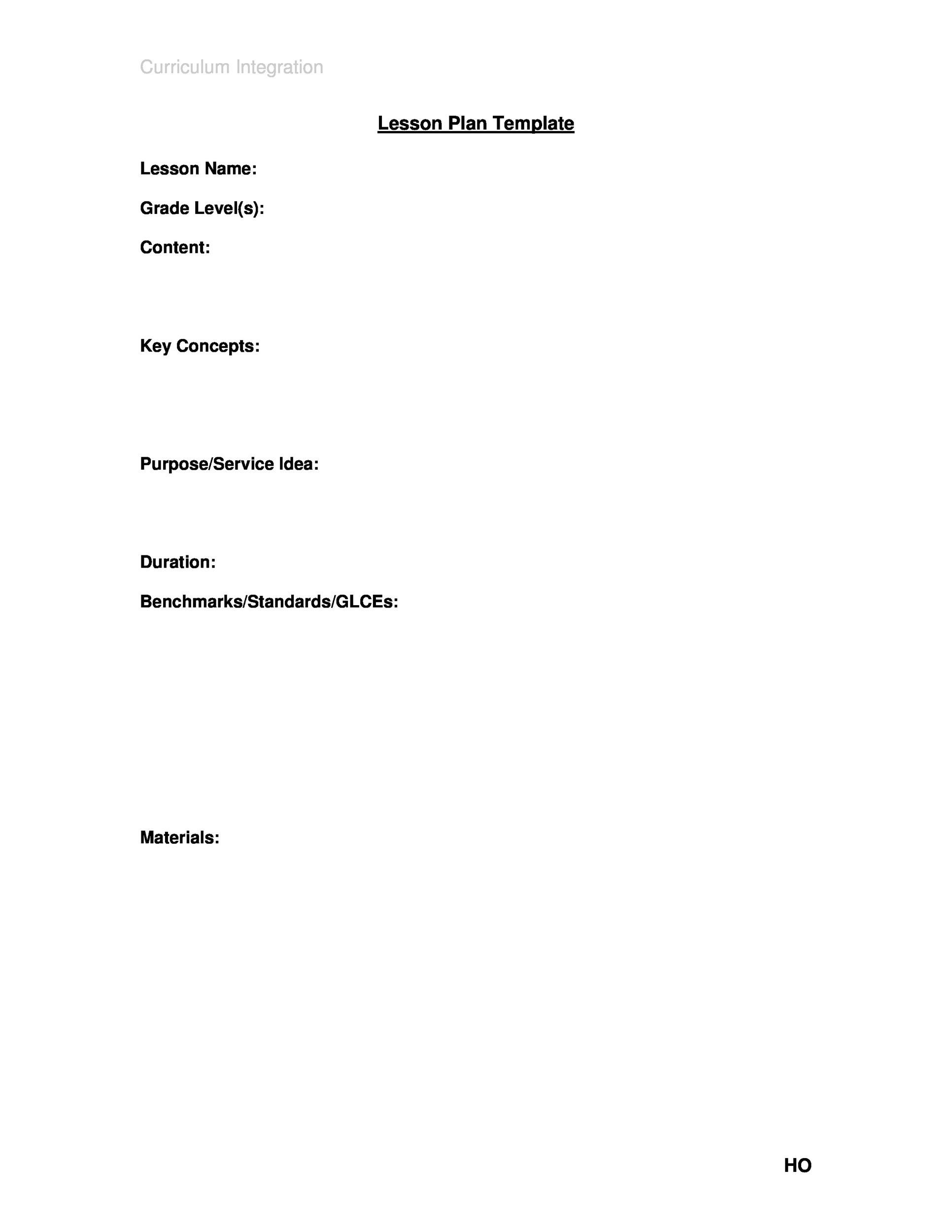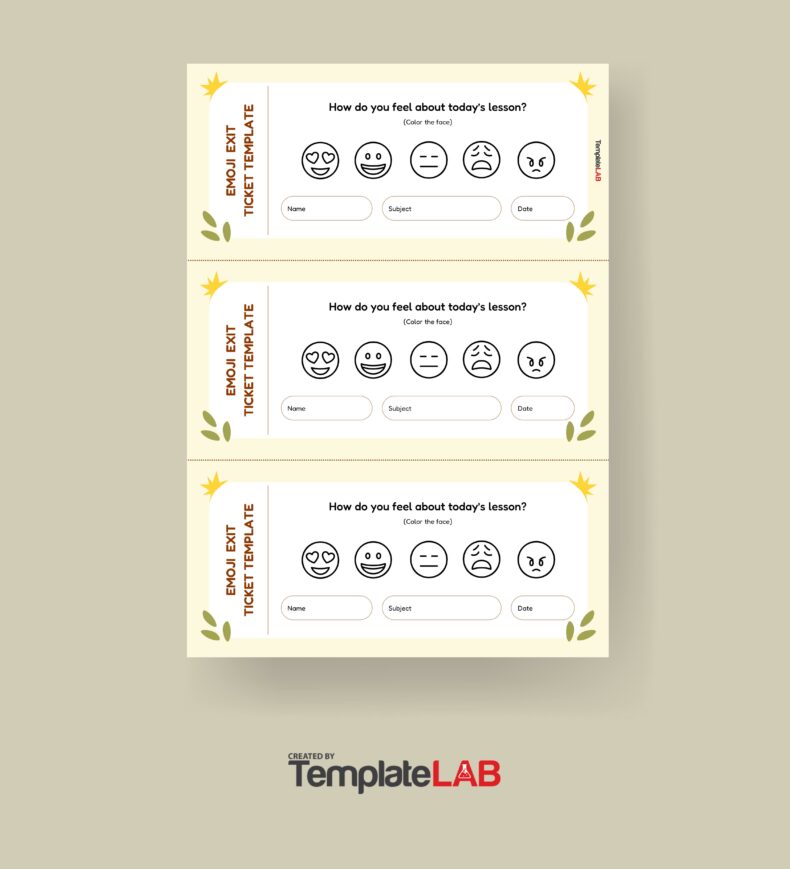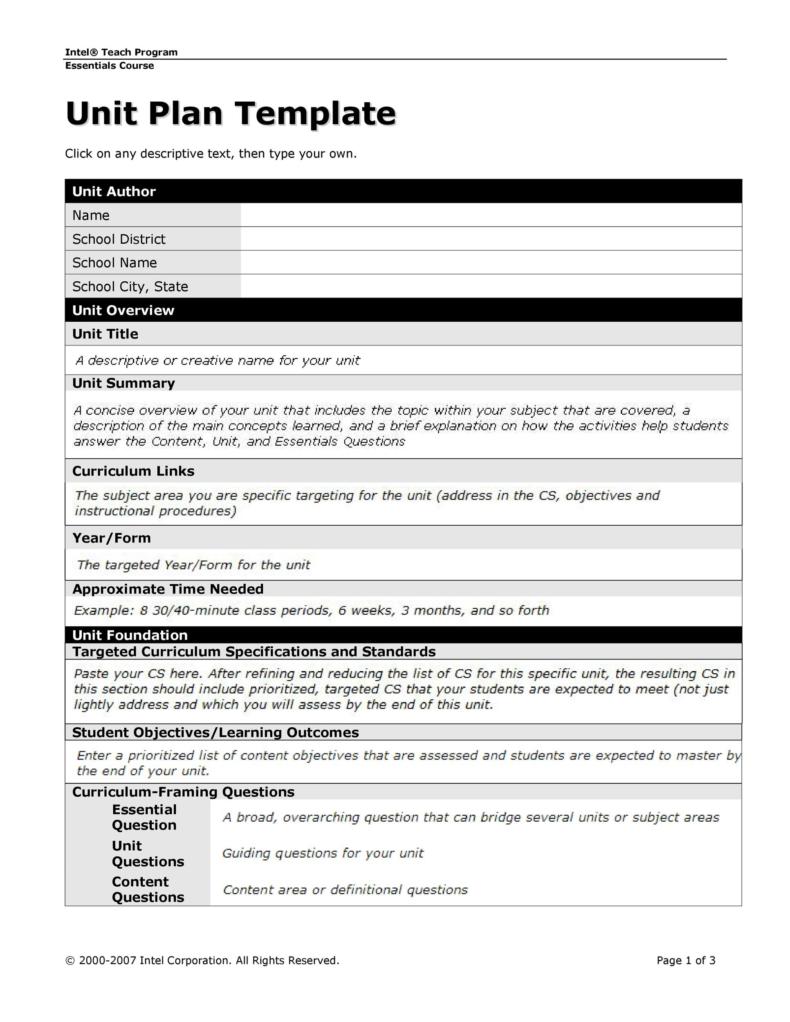If you’re relatively new in the education field or are thinking about entering it then you probably have a vague idea about lesson plan. However, it is also likely that you don’t have a sound understanding of the aforementioned concept. If that is indeed the case then you probably want to find out what lesson plan actually is and what it encompasses. So what is a lesson plan? A framework for lesson, a lesson plan is the map every teacher needs. The lesson plan shows where to start and where you finish. Furthermore, it establishes the route to take.
Table of Contents
Lessons plans illustrate how teachers intend to conduct their classes, what they seek to achieve from it and how they intend to achieve what they seek. Often, lesson plans are in written form. There are many different kinds of teachers. Therefore, there are many different kinds of lesson plans as well. Today, lesson plan templates are available online. Therefore, you can access the internet to find the lesson plan template relevant to you. Using the lesson plan template, you can develop an effective lesson plan.
Often, detailed written plans are what trainee teachers are required to produce. Apart from details of each class activity, these lesson plans need to list the exact instructions and questions they will provide the class. Furthermore, it needs to include the timings for each activity. However, in case of a full-time teaching profession, expecting teachers to have such lesson plan is impractical.
Lesson Plan Templates
Although they may require a less detailed plan, newly qualified teaches still require the plan to be fairly comprehensive. Planning is still important when teachers become experienced and confident. However, by this time, teachers have the ability to plan quicker and without much detail. A plan in their hand or a short list of notes is what a highly experienced teacher may be able to go into a classroom with. However, regardless of their experience level, all teachers need to take out some time before a class to think about their lessons. So why is planning required? Planning is important because you cannot start a journey without knowing where you’re headed and how you’re going to get there.
Basically, you’re like the driver of a bus and your students are its passengers. Now, you know that you have to drive the bus for a while. However, if you don’t have a map, you won’t know where to go or how to arrive at your destination. The journey may still be interesting but it is highly likely that you’ll get lost and this is something you passengers (students) won’t appreciate. Therefore, planning is important. If you don’t have a lesson plan, everything in your classroom will be chaotic and your students will have no idea what they’re doing and why they’re doing it. For class discipline or effective learning, this kind of uncertainty isn’t good.
Identifying your aims for the lesson is one of the most important reasons a lesson plan is required. You need to know what you seek to achieve in the class, what you want from your students, and how you’re going to achieve all that. There are three basic qualities of a well-written lesson plan. Following are the three basic qualities of a well-written lesson plan.
Lesson Plan Samples
A well-written lesson plan is a well-though out document
In order to write a good lesson plan, a considerable amount of time is required. Therefore, if a teacher gathers together something within a few minutes then he or she is heading for trouble.
It is more than a guide
A rough idea about how you should conduct things in your classroom is what a good lesson plan provides. A good lesson plan is a plan that suggests the approach the teacher should take to teach students about a particular subject while being flexible enough to allow the teacher to make their own decision regarding what they should and should not use.
It is reasonably detailed document
A lot of information is what a good lesson plan will always include. The information that a good lesson plan encompasses includes the potential problems that you may encounter during the course of a lesson. Furthermore, the lesson plan provides solutions to these problems. It may also include step-by-step instructions which tell you what to teach and at what time.
There you have it—the three basic qualities of a well-written lesson plan. However, to understand a lesson plan better, refer to a lesson plan template. There are many different types of lesson plan templates available today including common core lesson plan template, preschool lesson plan template and weekly lesson plan template etc. You’re bound to find a lesson plan template relevant to you. Now that we’ve discussed the qualities of a well-written lesson plan, it’s time to look at what a good lesson plan
Lesson Plan Examples
Components of a Good Lesson Plan
Using a lesson plan template is the best way to find out what you should include in your lesson plan. However, there are some basic elements that every effective lesson plan contains. The elements that an effective lesson plan contains include activities, quality questions, and learning objectives. Since they drive the development and execution of all classroom activities, including learning objectives in the lesson plan is important.
Over the course of the lesson, they are many inquiries put forth to students by teachers. These inquiries are known as quality questions. At times, these questions are oratorical in nature. However, most of the times these questions are designed to allow students to think at a level higher than simple comprehension and memorization. In order to develop an effective lesson plan, understanding the components of a good lesson plan is important. You will find most of these components in a lesson plan template. Following are the eight components of a good lesson plan.
Objectives
The primary component of any lesson plan is objectives. Without objectives, your lesson plan is nothing more than a piece of paper. So what should your lesson plan’s objectives section include? You need to include in this section precisely written and well-described goals related to what you want your students to accomplish once the lesson is concluded.
Anticipatory set
After the learning goal, the second most important component of a good lesson plan is the anticipatory set. Engaging your students in the learning about to occur is what the anticipatory set does. The anticipatory set does two things—it set the lesson tone and motivates the students to learn more. The anticipatory set can be likened to a movie trailer. While it doesn’t tell the whole story, the movie trailer reveals enough to leave movie buffs yearning for more. The anticipatory set does exactly the same for a lesson plan.
By exploring previous knowledge and providing the objectives a context, you need to set the stage for your students before digging into your lesson’s instruction meat. Basically, before the lesson’s direct instruction begins, you need to provide a synopsis of what you’ll say or present to your students in the anticipatory set.
Direct instruction
The direct instruction is where you clearly outline how you’ll present the concept of the lesson to your students. Some examples of direct instruction method are using props, showing physical examples of the subject matter, displaying diagrams or reading a book.
Required resources
Listing the required resources for a lesson is important. Often, teachers develop the perfect lesson plan only to find out that they don’t have the resources required to successfully execute the plan. However, this is their own doing because they failed to mention the required resources in the lesson plan. Therefore, by jotting down the resources you require in the lesson plan, you’ll ensure that have all the things required to successfully implement the plan.
Guided practice
This includes the activities that the students are asked to perform under your supervision in order to practice and apply the skills taught to them in the direct instruction. The guided practice may be described as either individual or collaborative learning.
Closure
By making the lesson concepts more elaborate for your students in the closure section, delineate how you’ll close the lesson. When you close a lesson plan and make the information more meaningful for the students, it is known as closure.
Independent practice
Independent practice shows how your students will exhibit whether or not they understood the learning goals of the lesson. By completing a task on their own without the guidance of the teacher, students will use the ways mentioned in the independent practice to harmonize their new knowledge and reinforce skills. Examples of the skill/knowledge demonstrations ways mentioned in independent practice are homework assignments and final projects.
Assessments and Follow up
Your lesson plan doesn’t end with students completing a worksheet. In fact, the most important section of the lesson plan comes after students complete a worksheet. The section I am referring to is the assessment section. The assessment section is where teachers evaluate the lesson’s final outcome and also the degree to which the learning objectives were attained.
There you have it—the eight most important components of a lesson plan. However, there may be some components that I might have missed out on. If you want to know about all the components to include in a lesson plan then search a lesson plan template. Today, you’ll find different types of lesson plan templates including common core lesson plan template, preschool lesson plan template, and weekly lesson plan template. These lesson plan templates are what we’re to briefly going to look at next.
Free Lesson Plan Templates
Common core lesson plan template
Common core lesson plan template includes everything that is part of a common core less plan. What is a common core lesson plan? Aligned to common core state standards, common core lesson plans are plans designed to help students perform better in subjects such as reading comprehension, English language arts, algebra, and science. Using a common core lesson plan template, you can create an effective common core lesson plan.
Preschool lesson plan template
Obvious from the name, preschool lesson plan is a lesson plan for preschoolers. With the help of a preschool lesson plan template, you can create an effective preschool lesson plan. A preschool lesson plan may include worksheets and activities. However, the best way to find out what it includes is referring to a preschool lesson plan template.
Weekly lesson plan template
Weekly lesson plans are lesson plans for a particular week. Basically, these plans include all the activities and assignments that need to be carried out by the students during the week. Using a weekly lesson plan template, teachers can create an effective and well-though out weekly plan.
Blank Lesson Plan Templates
There you have it—the three commonly used lesson plan templates. However, teachers use some other lesson plan templates as well. In order to determine the lesson plan template you require, you need to think about who you’re teaching and how frequently you need to teach the lesson. Once you do that, you’ll know whether you need common core lesson plan template, preschool lesson plan template, or weekly lesson plan template.
A lesson plan is a plan by you and for you. Using a lesson plan, you can organize yourself and your material in order to help your students achieve the learning objectives. It is important that the lesson plan describes what you want and how to intend to get it. If you can interpret or implement your lesson plan in more than one way then you probably don’t have a very good plan.
Fortunately, there is a way for you to prevent this from happening. What is that way? It is using a lesson plan template. With the help of a lesson plan template, you can create a winning lesson plan. We have many lesson plan templates that you can use to create an effective lesson plan.

